Why Crested Geckos Don’t Grow Their Tails Back — And Why It’s Totally Normal
Have you ever wondered why your crested gecko’s tail never grows back once it falls off? It might seem alarming at first, especially if you’re used to hearing about leopard geckos regrowing theirs — but for crested geckos, it’s completely normal and nothing to worry about.
The Truth About Tail Loss
Crested geckos can drop their tails when they feel threatened or startled — a natural defense mechanism that helps them escape danger in the wild. However, unlike leopard geckos, they don’t regenerate their tails once it’s gone.
Scientists believe this difference comes down to evolution and energy use. Crested geckos evolved in humid, arboreal environments where quick escape and healing were more important than tail regrowth. Unlike leopard geckos that live on open, rocky terrains and rely on their tails for fat storage, crested geckos have adapted to survive without it. Once the tail is dropped, their body prioritizes closing the wound and preventing infection instead of using energy to rebuild new tissue.
When a crested gecko loses its tail, the body’s energy shifts immediately toward healing the wound quickly rather than regrowing it. Over generations, these resilient reptiles have evolved to thrive perfectly fine without a tail. They rely on their strong legs, gripping toe pads, and excellent balance to climb, jump, and explore their environment.
Life Without a Tail
A tailless crested gecko — affectionately known as a “frogbutt” — can live a long, healthy, and happy life. In fact, most crested geckos in captivity eventually lose their tails, often due to stress, sudden movements, or improper handling. The key is providing a safe, enriching environment where your gecko feels secure and calm.
How to Prevent Tail Loss
While it’s natural, tail dropping can be minimized with a few simple care practices:
-
Create a stable habitat: Avoid loud noises and vibrations that might startle your gecko.
-
Provide climbing enrichment: Products like the Geckopia Flex Bridge and Tree House allow your gecko to climb, hide, and feel secure in elevated spaces — reducing stress and encouraging natural behavior.
-
Offer easy access to food and water: The Geckopia Bowls are designed to stay in place, making feeding time calm and comfortable.
-
Handle gently and with care: Always support your gecko’s body and avoid sudden movements during handling.
Helping Your Gecko Recover
If your crested gecko has recently dropped its tail, don’t panic. Keep the enclosure clean to prevent infection, maintain proper humidity, and give your gecko some quiet recovery time. Offer hydration and nutritious feeders — like gut-loaded dubia roaches or mealworms — to help them regain energy and strength.
Final Thoughts
Tail loss may look dramatic, but for crested geckos, it’s just part of their survival story. They adapt beautifully without one, relying on their agility and curious personality to thrive. With the right care setup and a calm environment, your gecko will bounce back quickly and continue to live its best life.







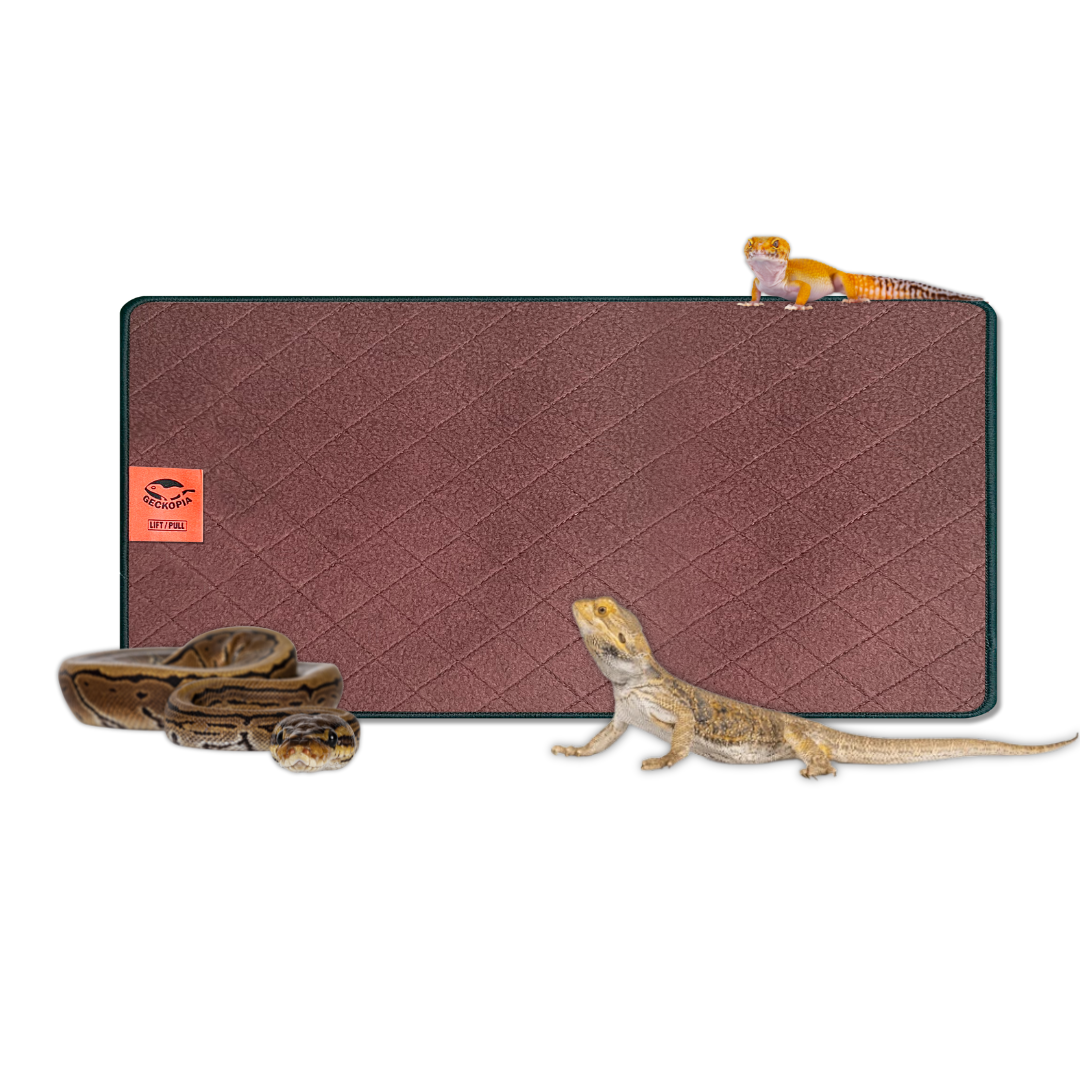
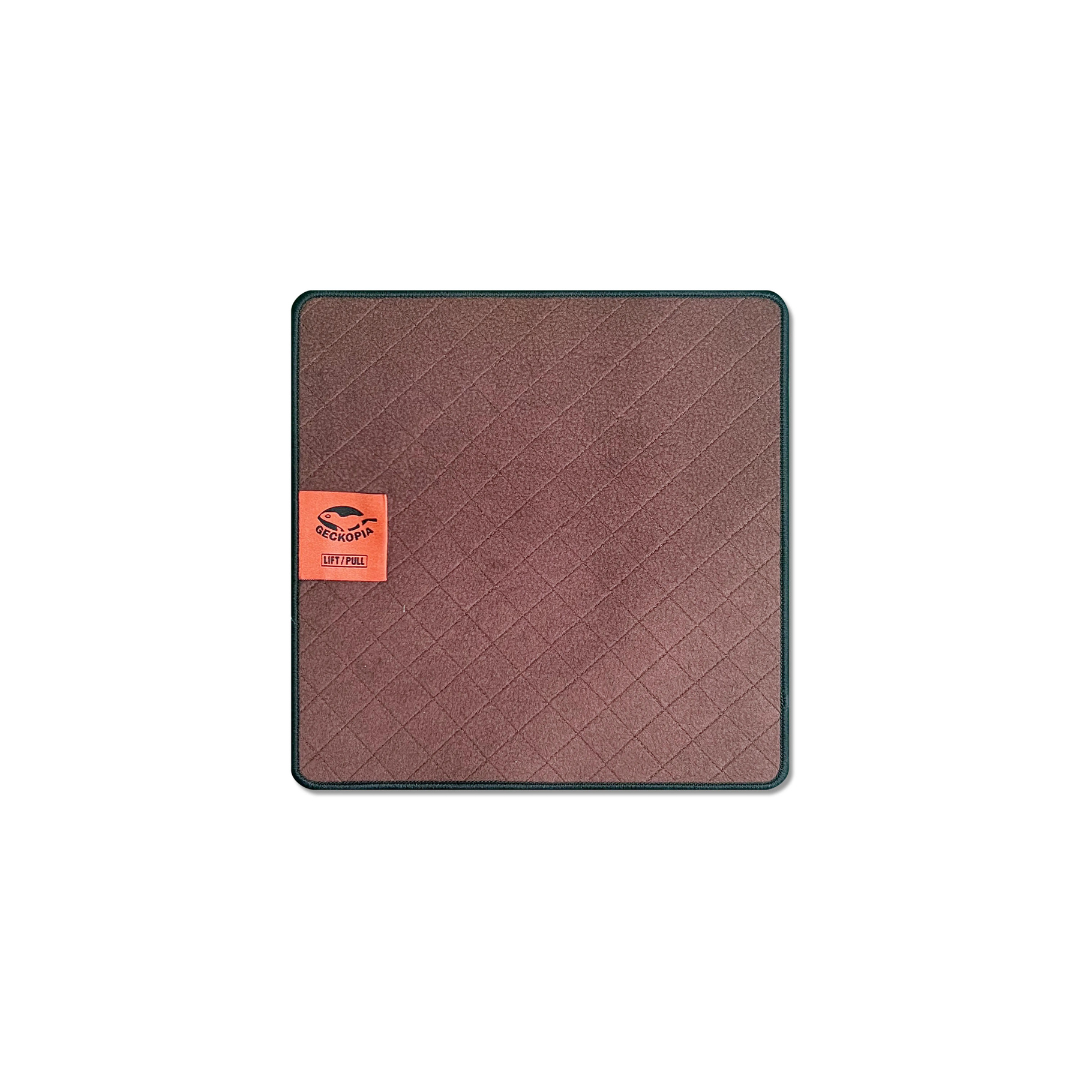
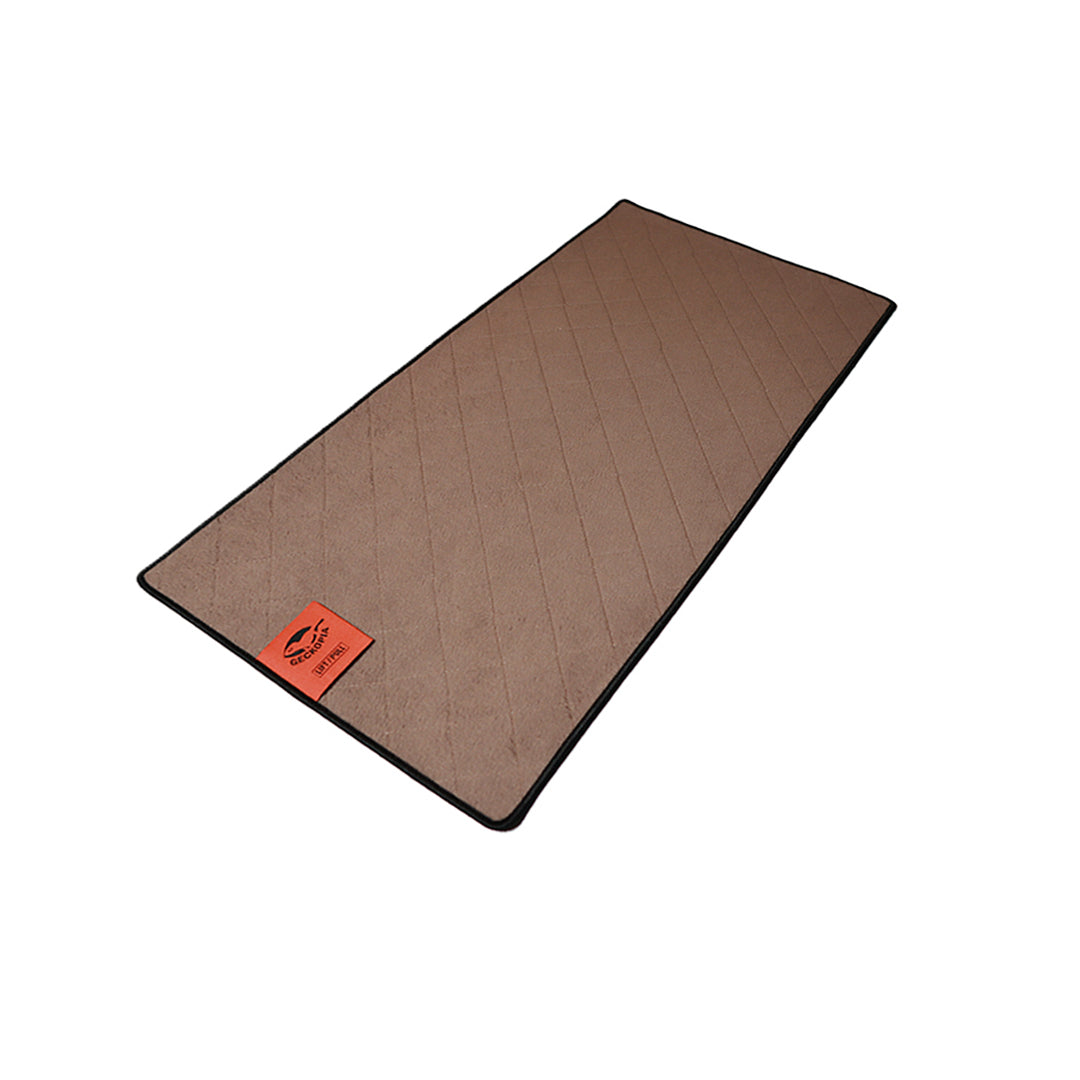
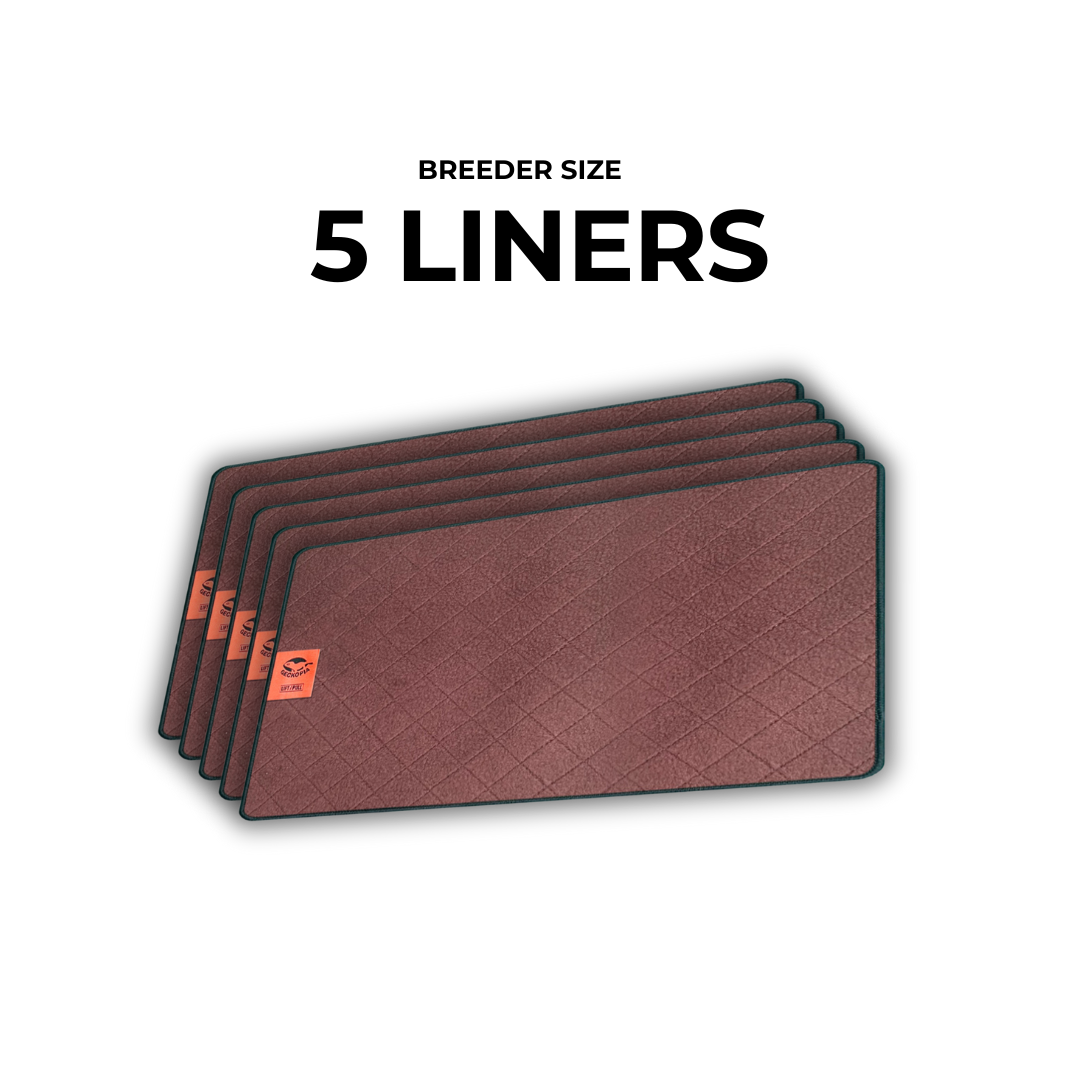
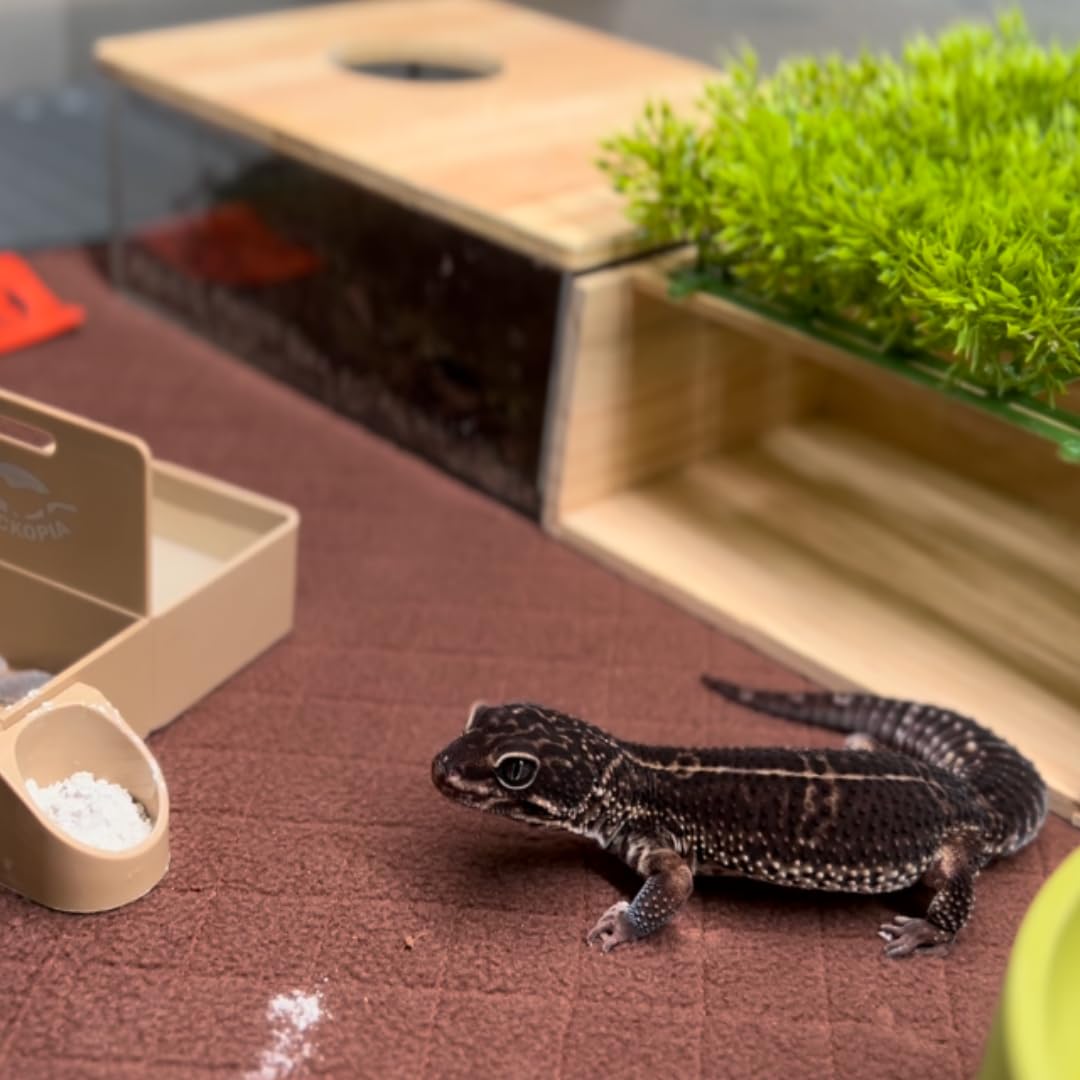

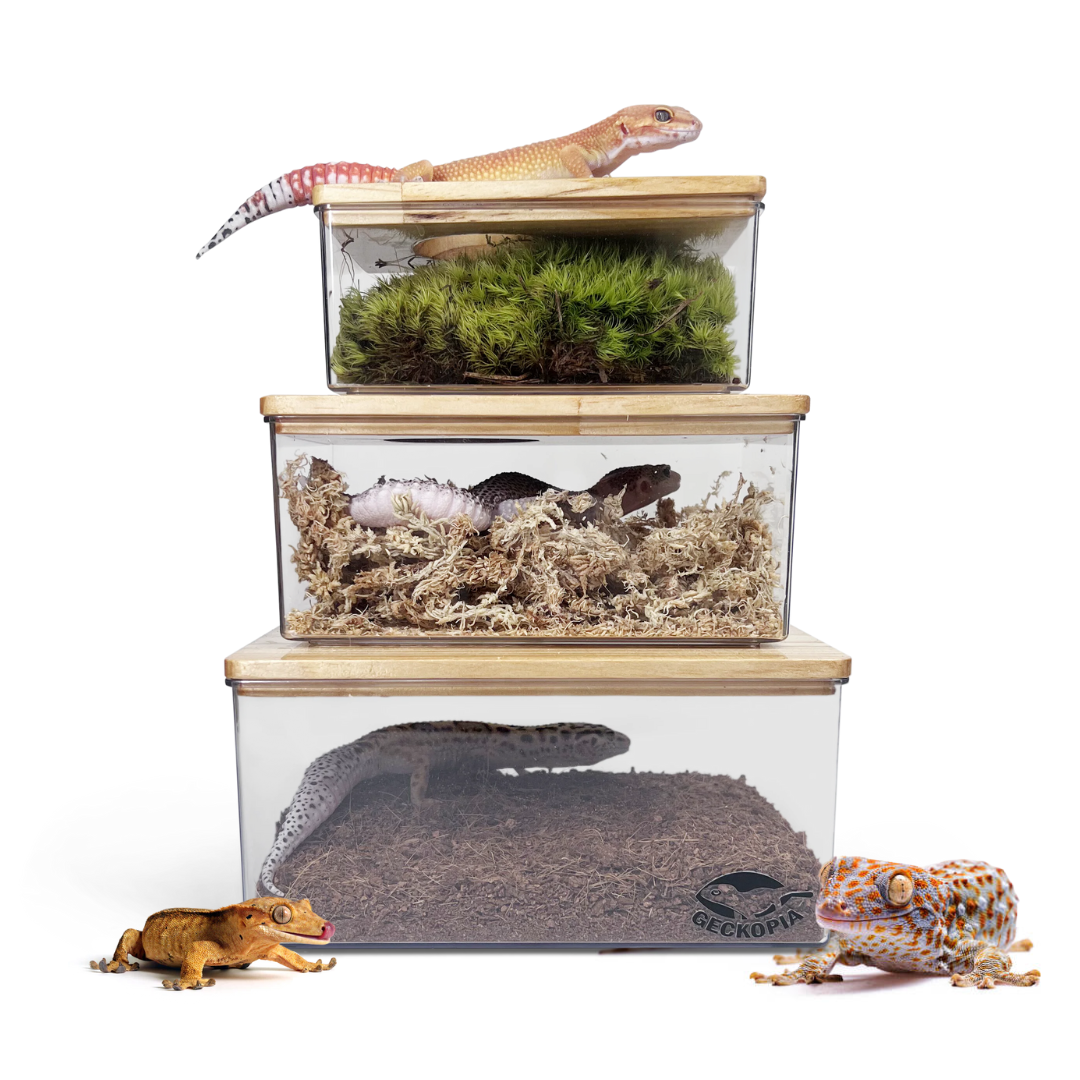
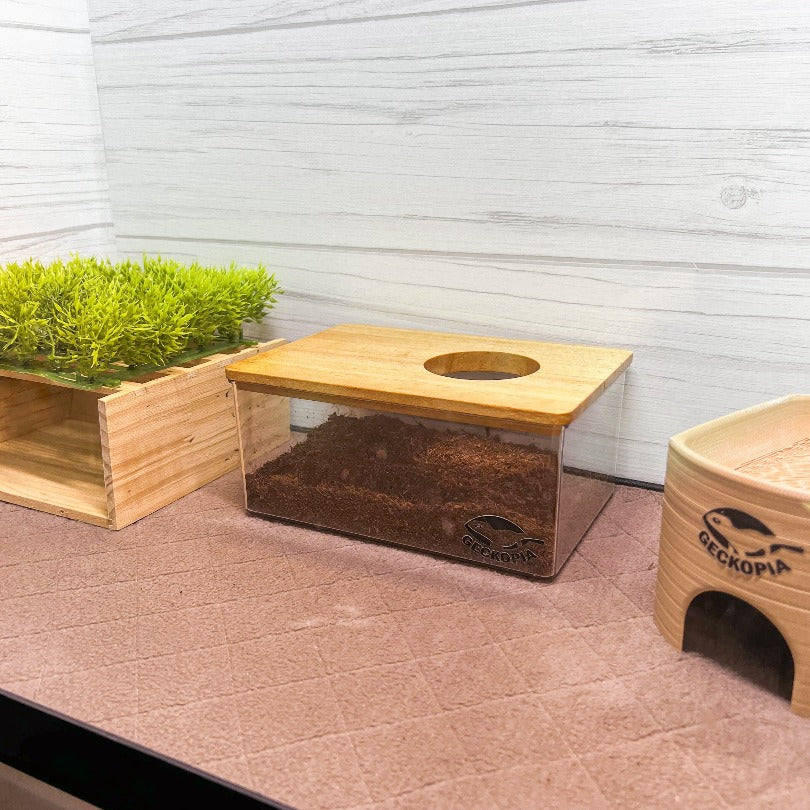
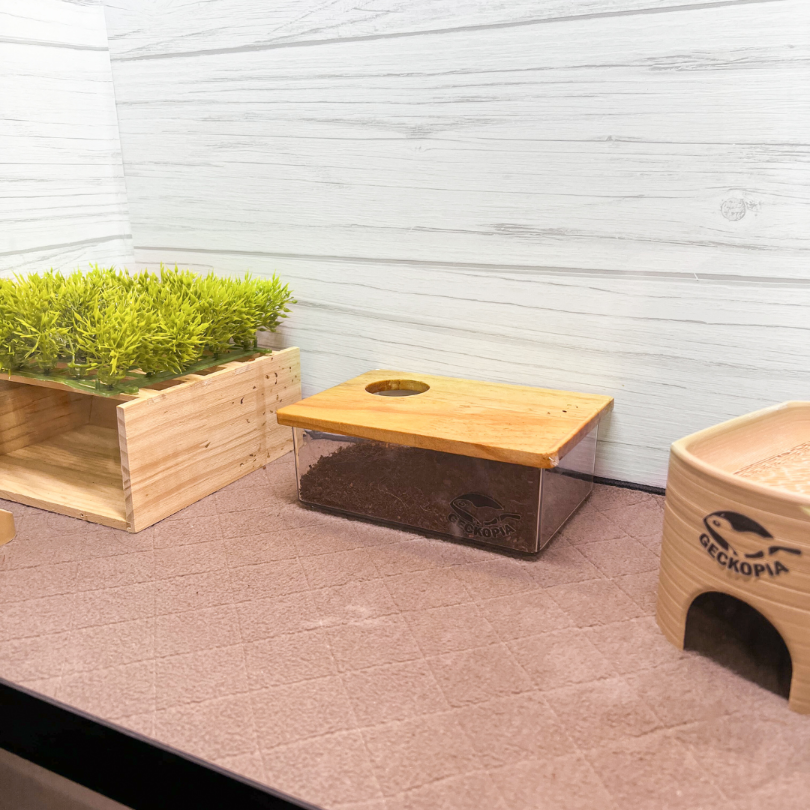
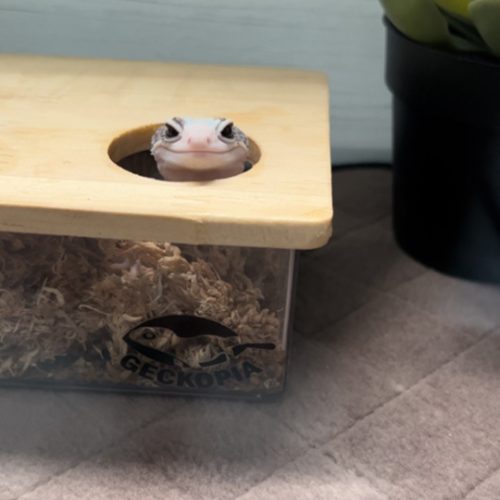
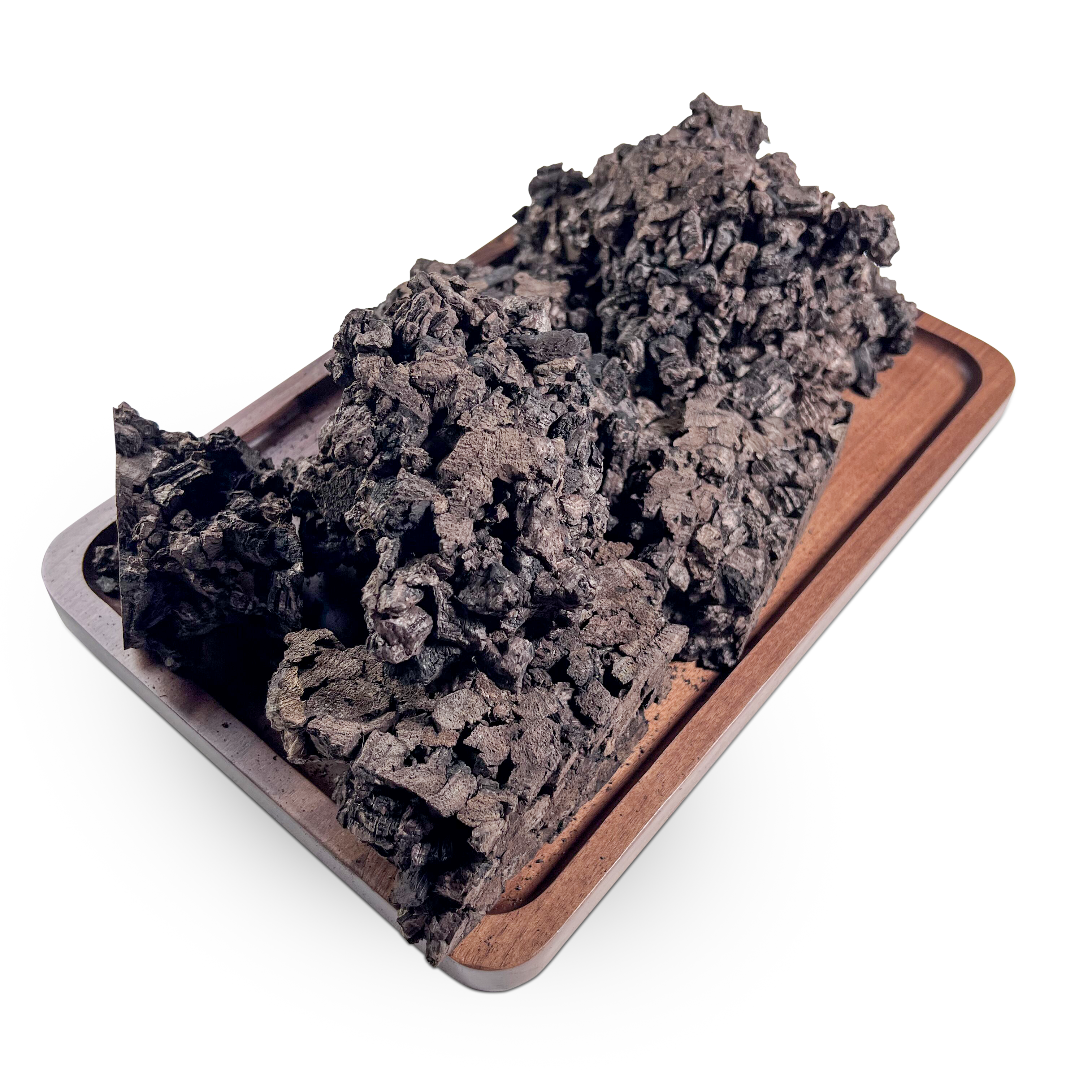
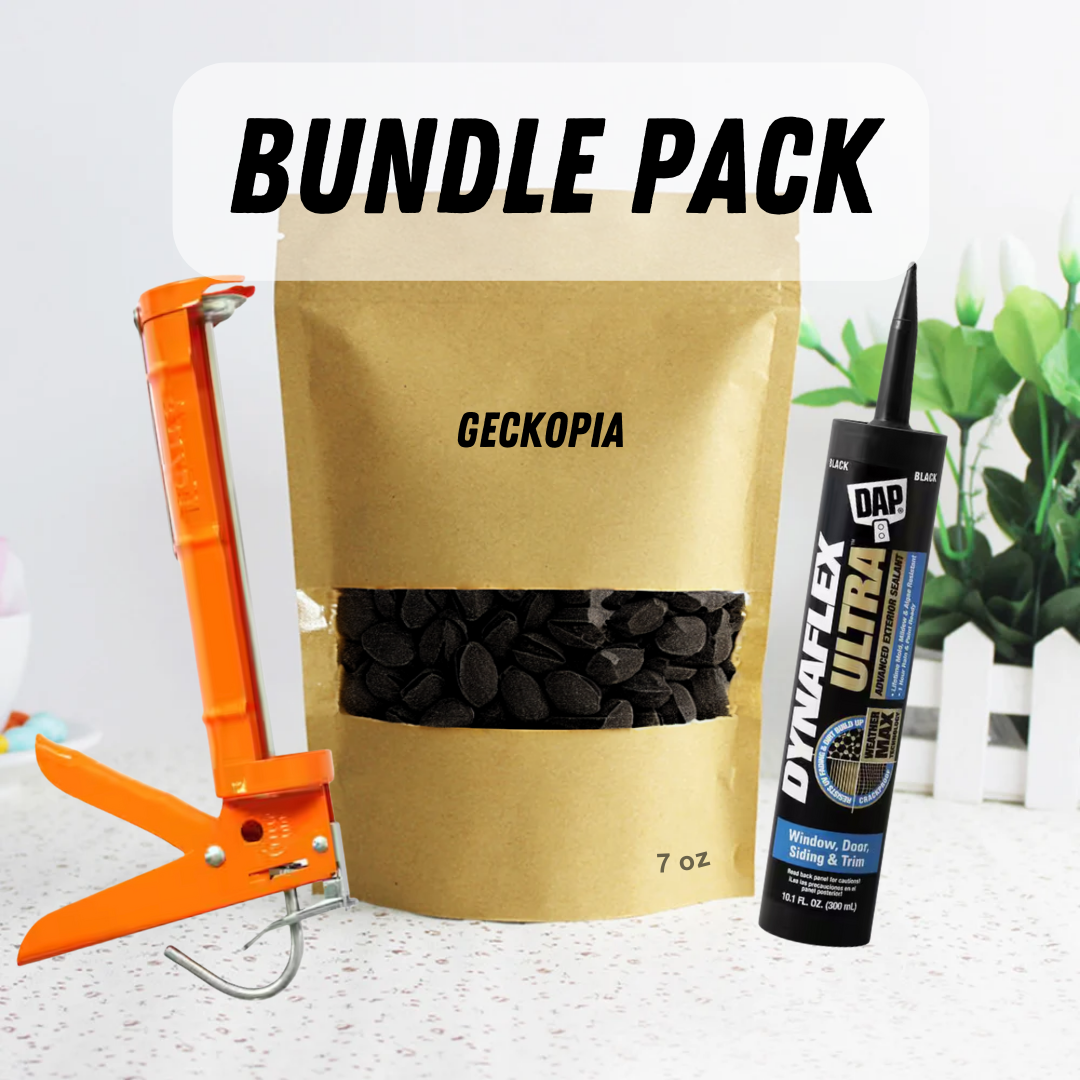
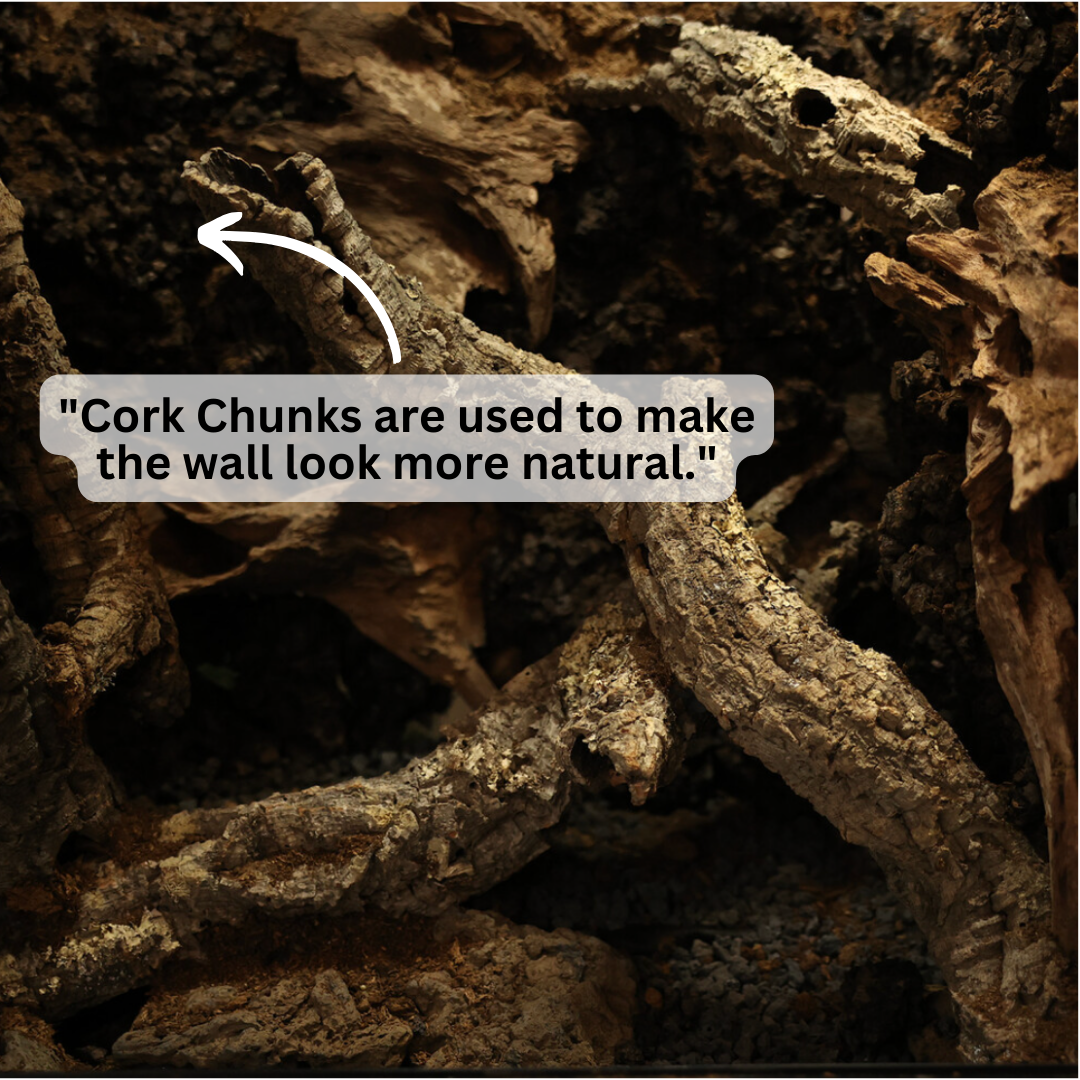
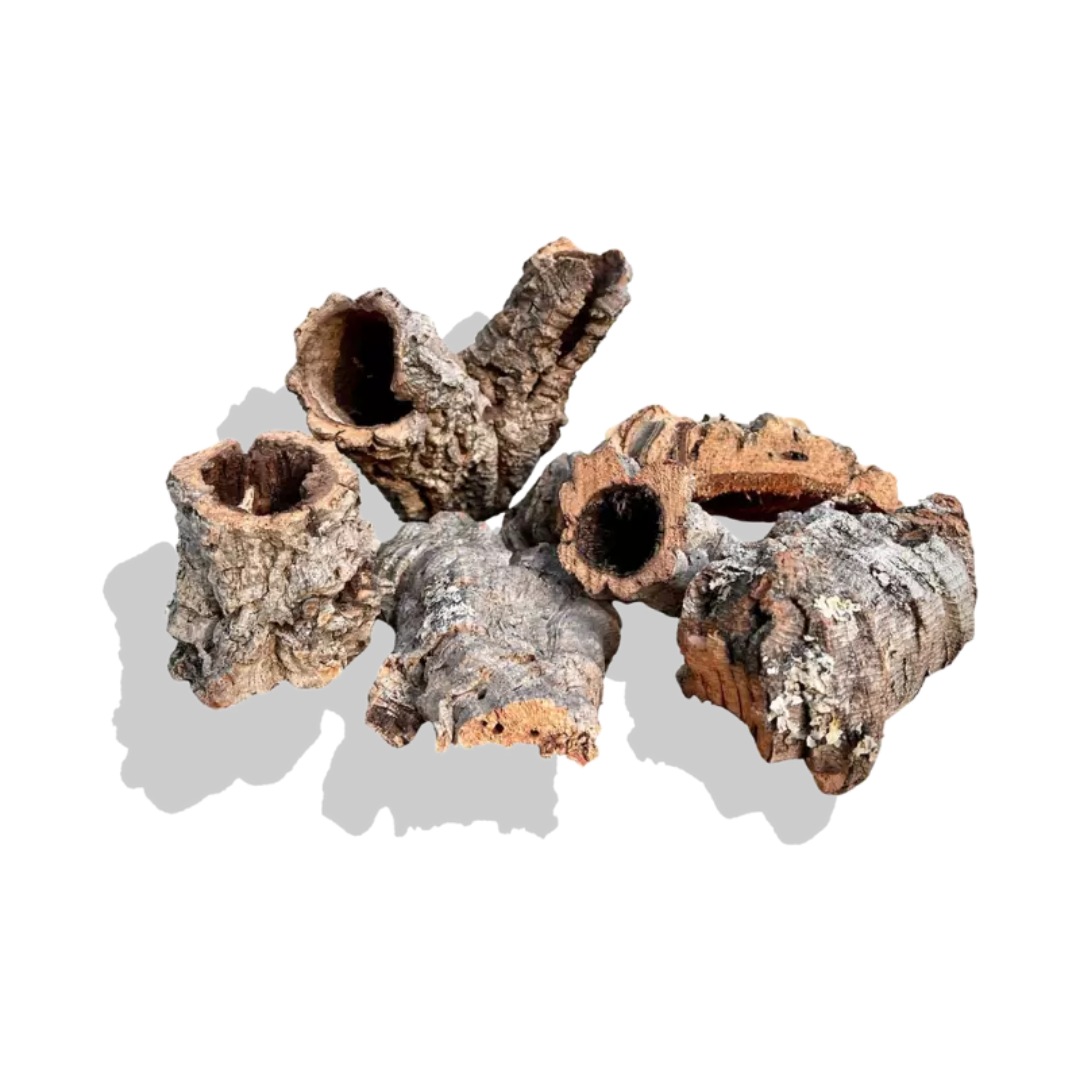
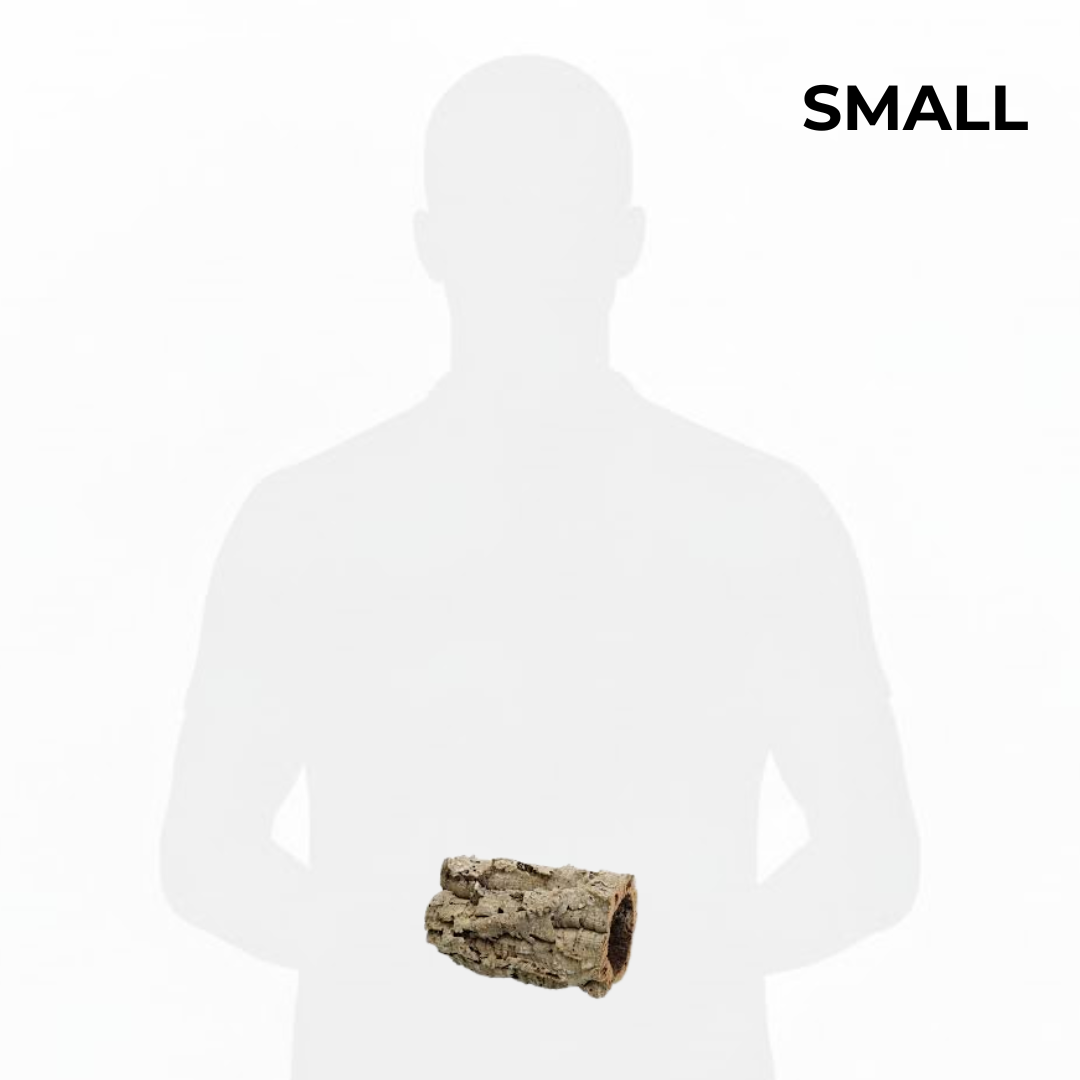
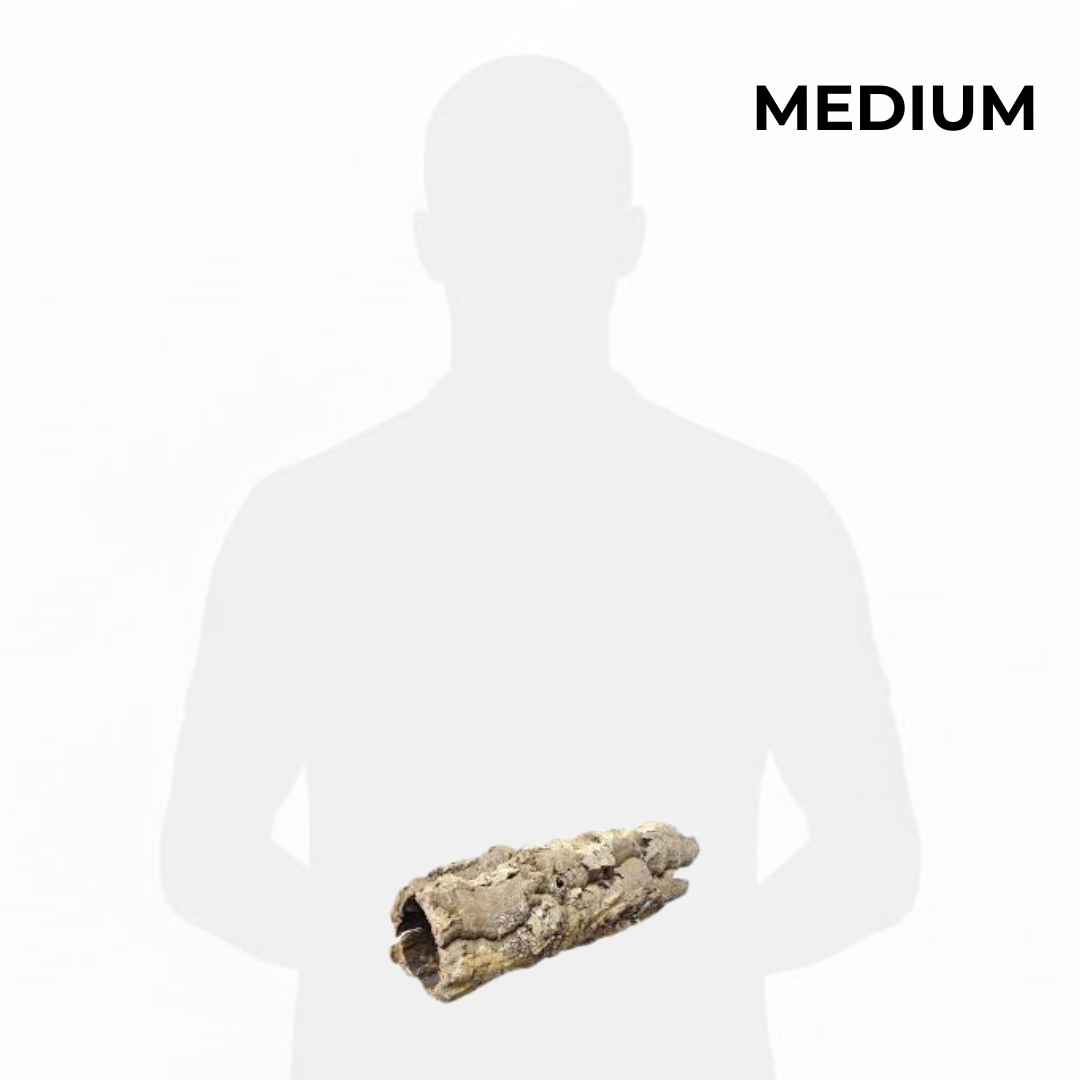
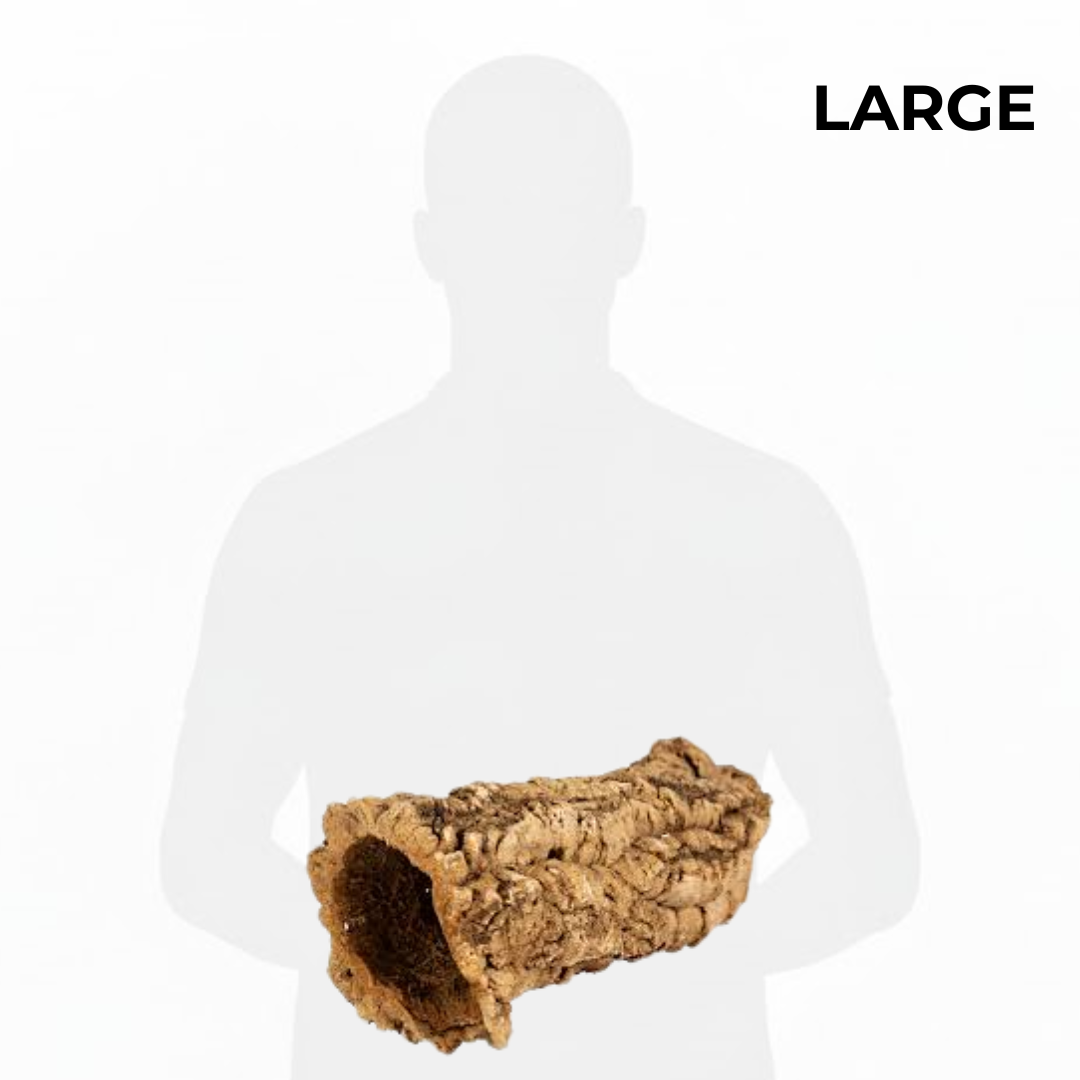
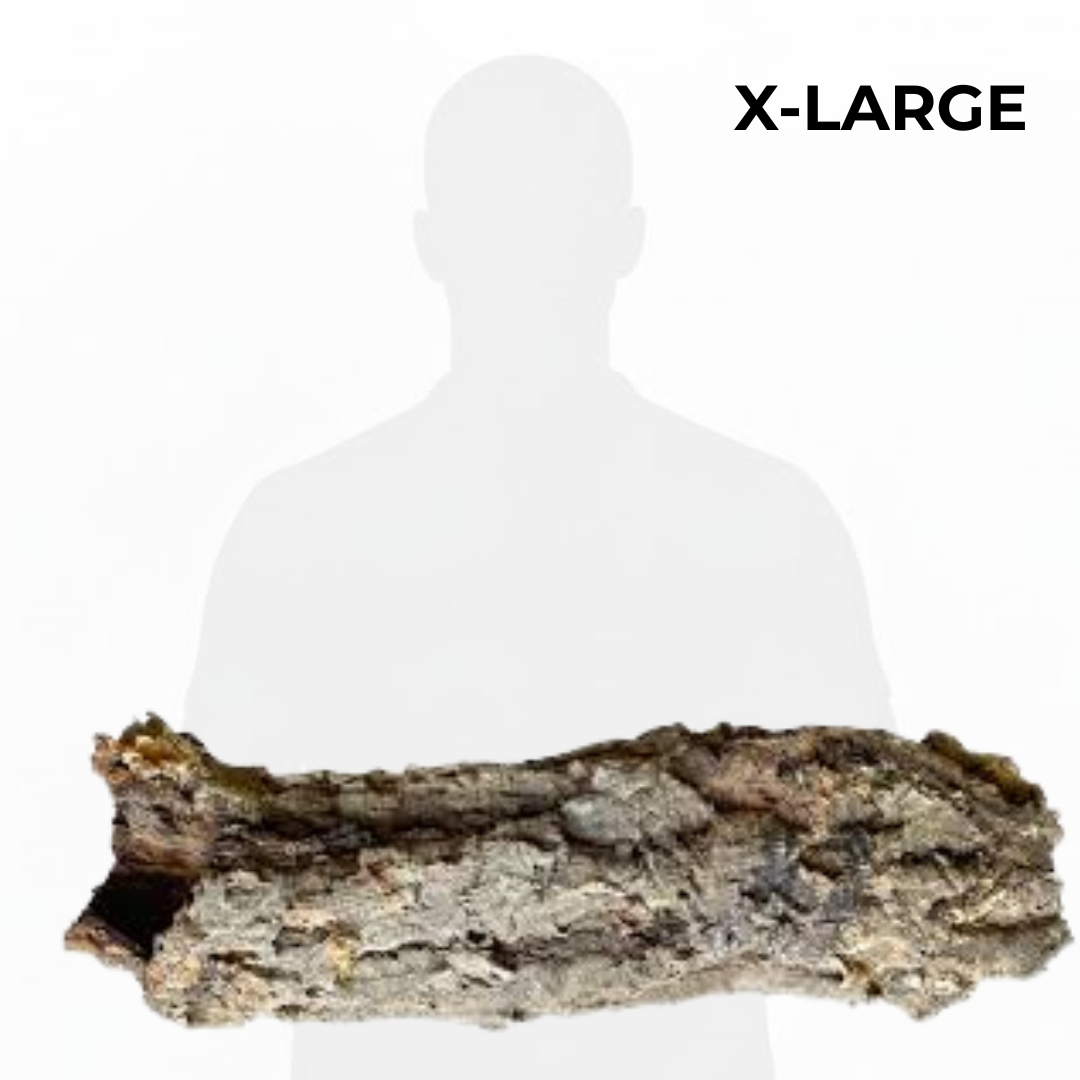
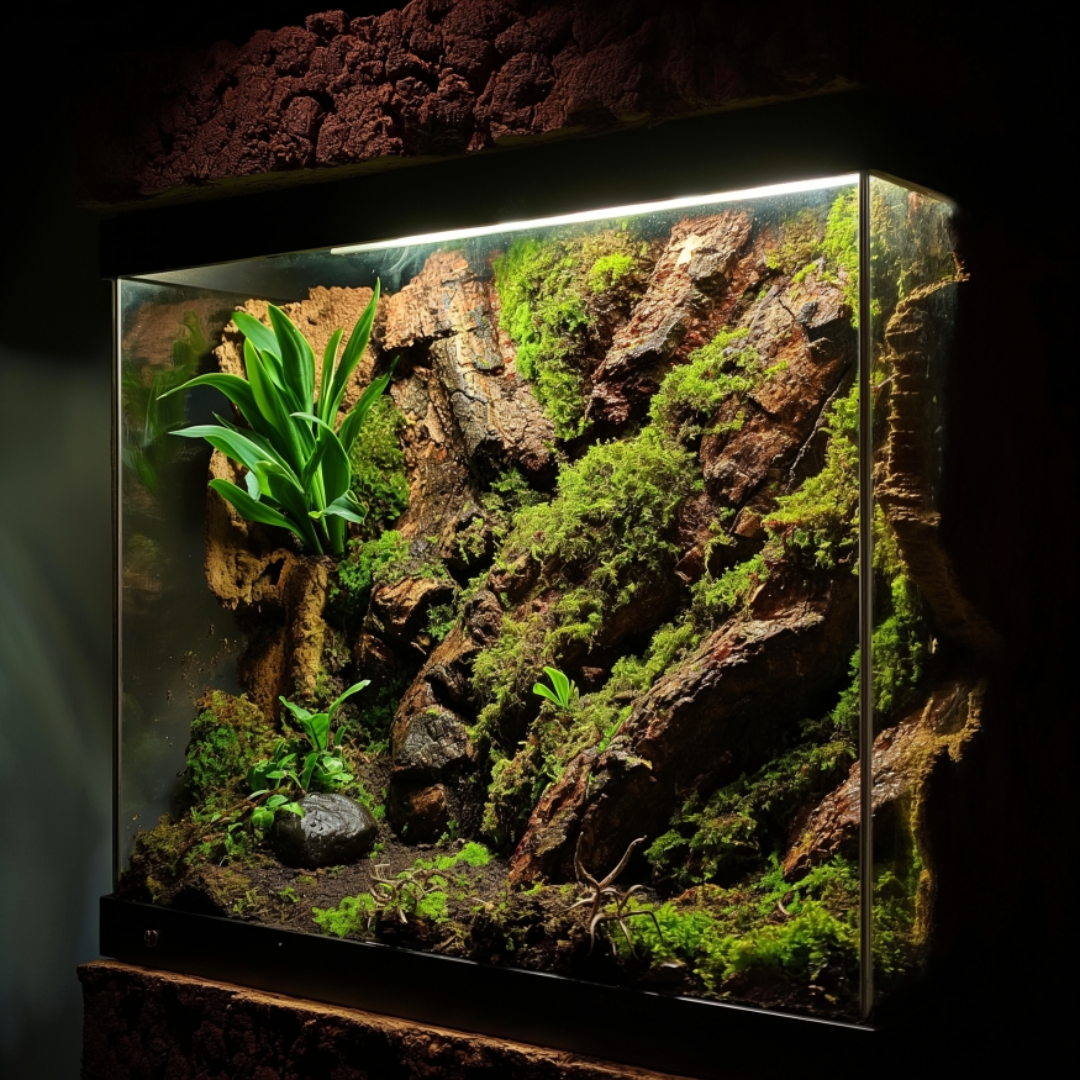
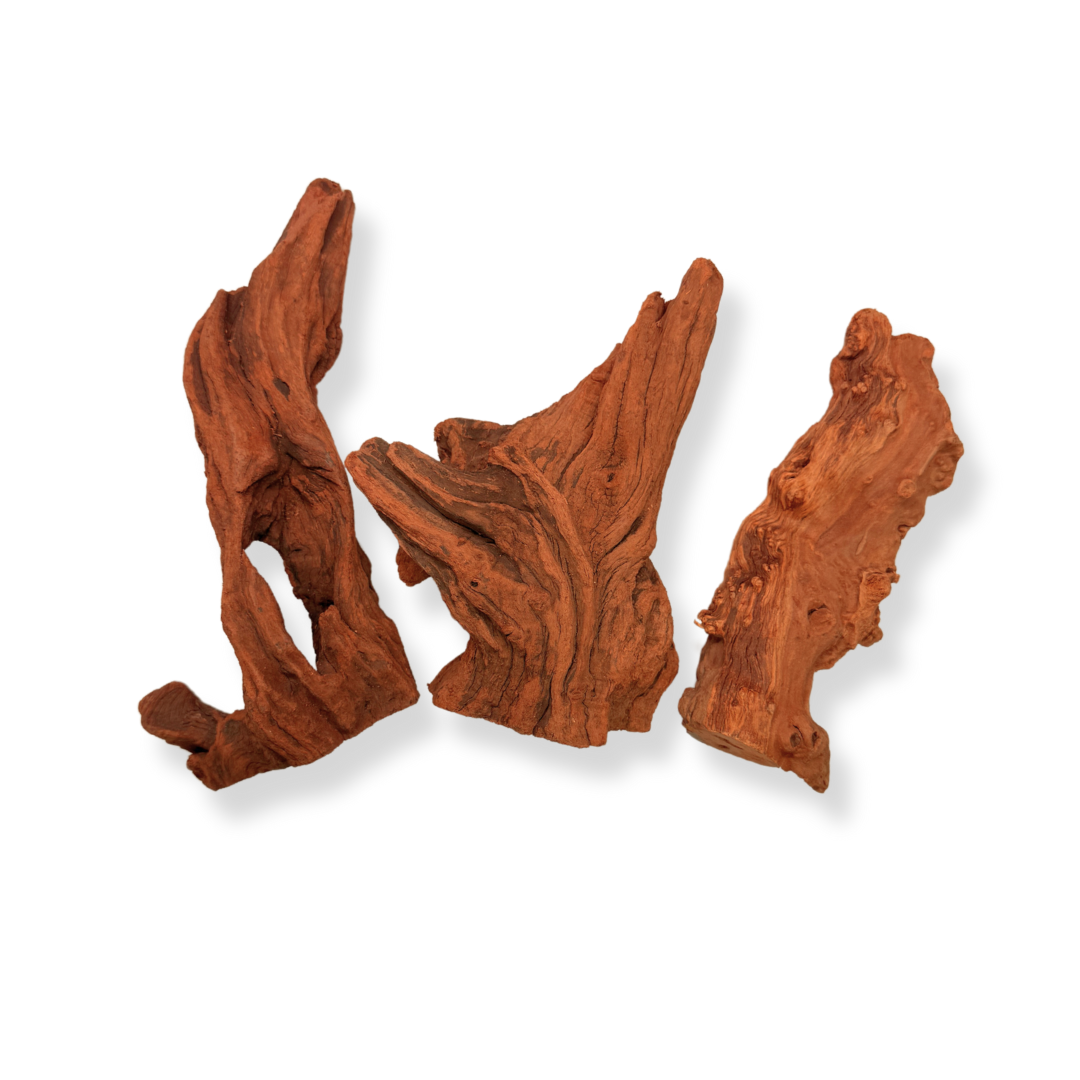
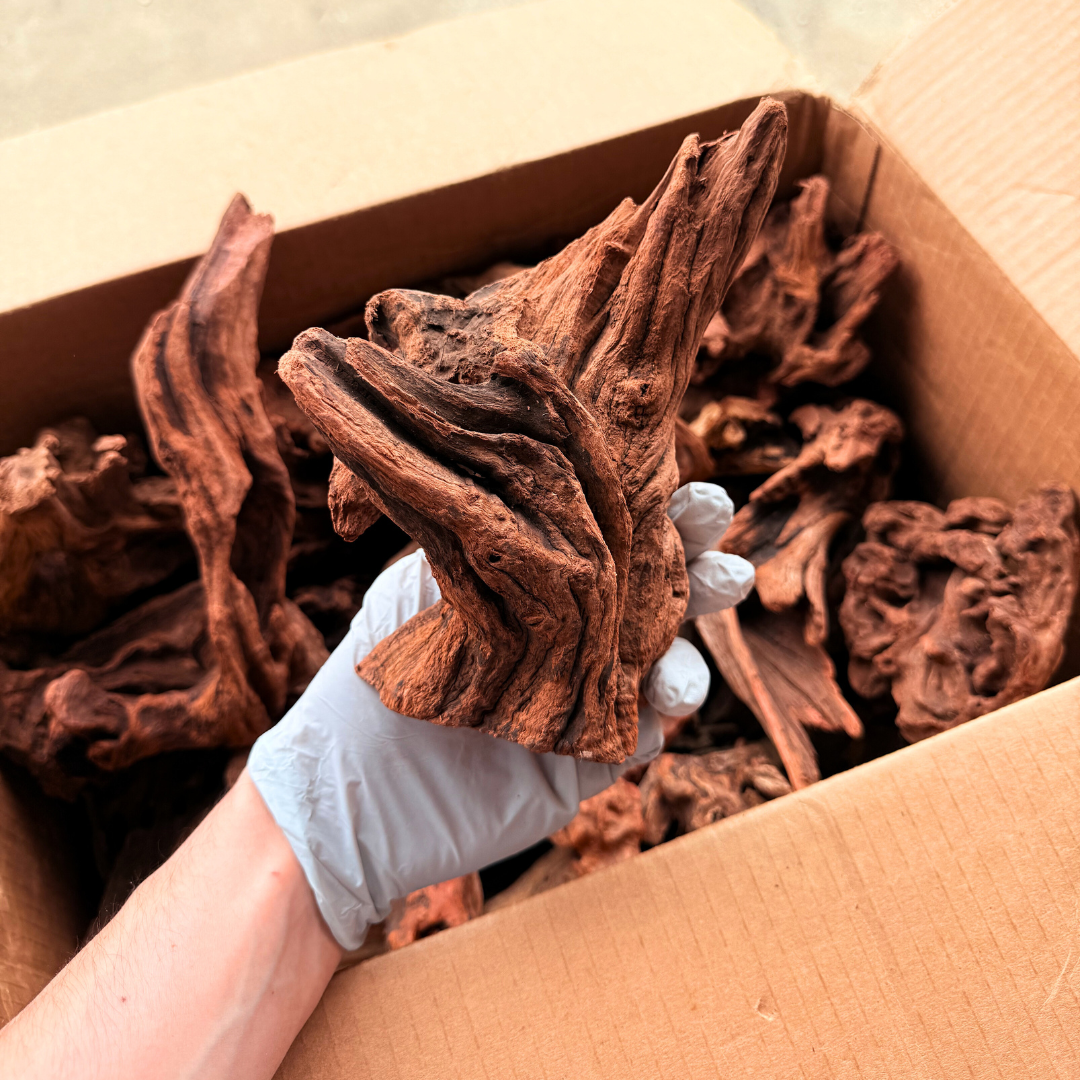
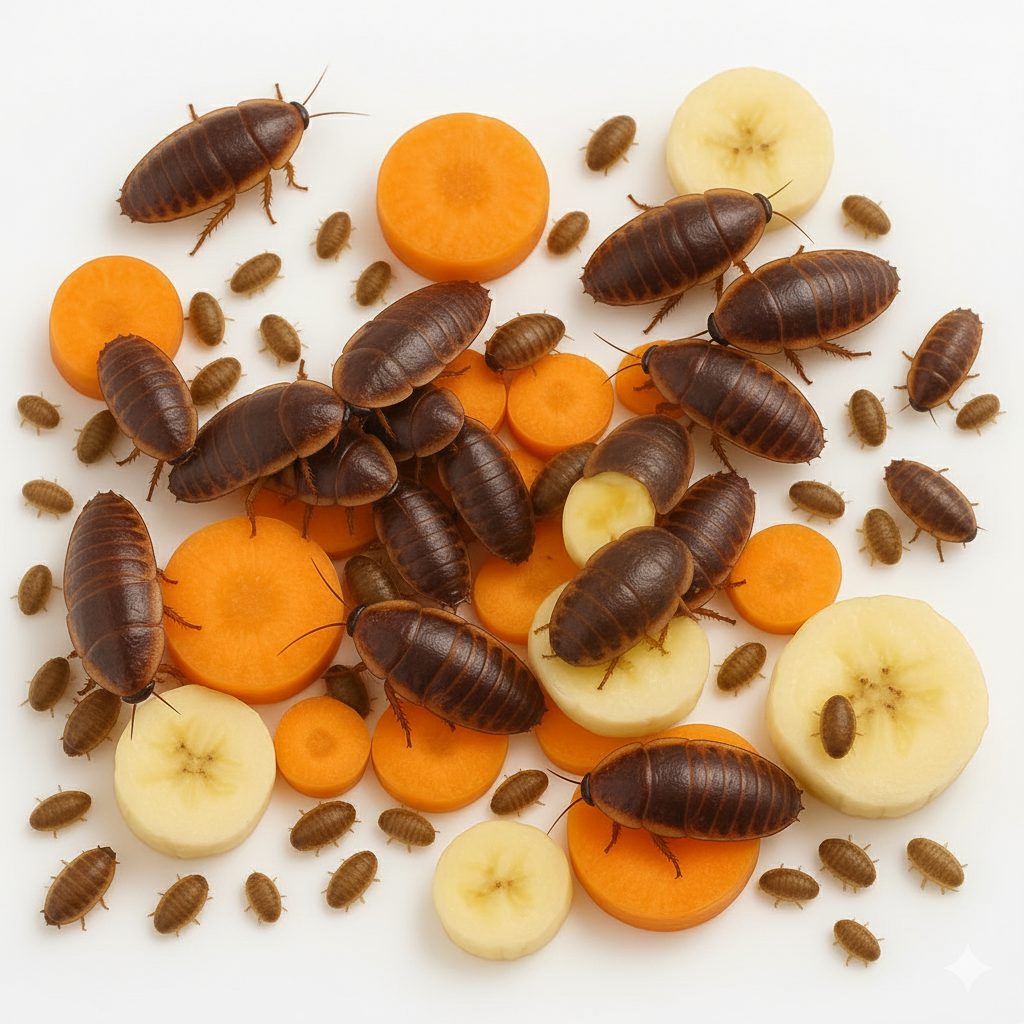





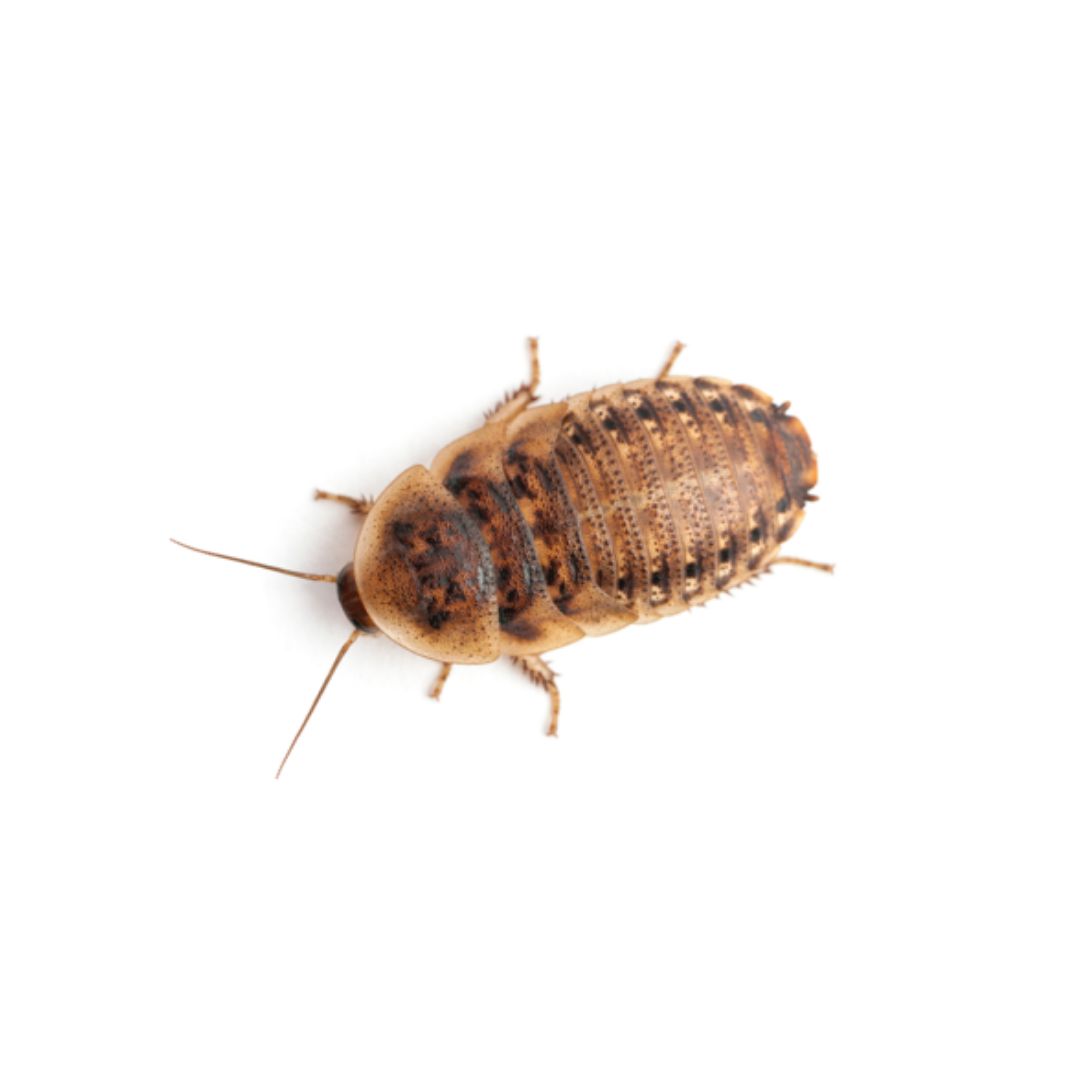


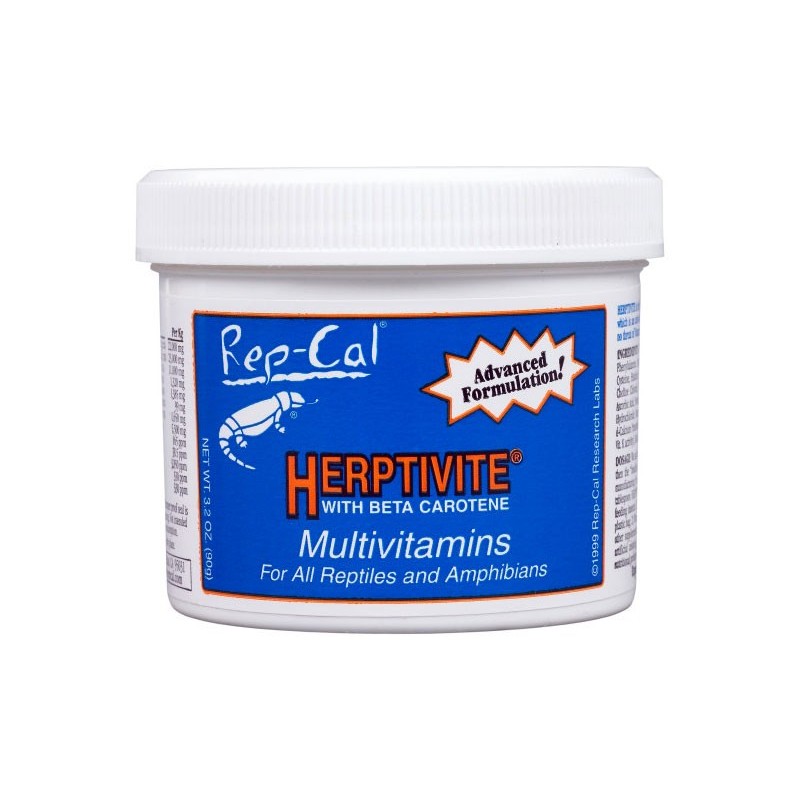
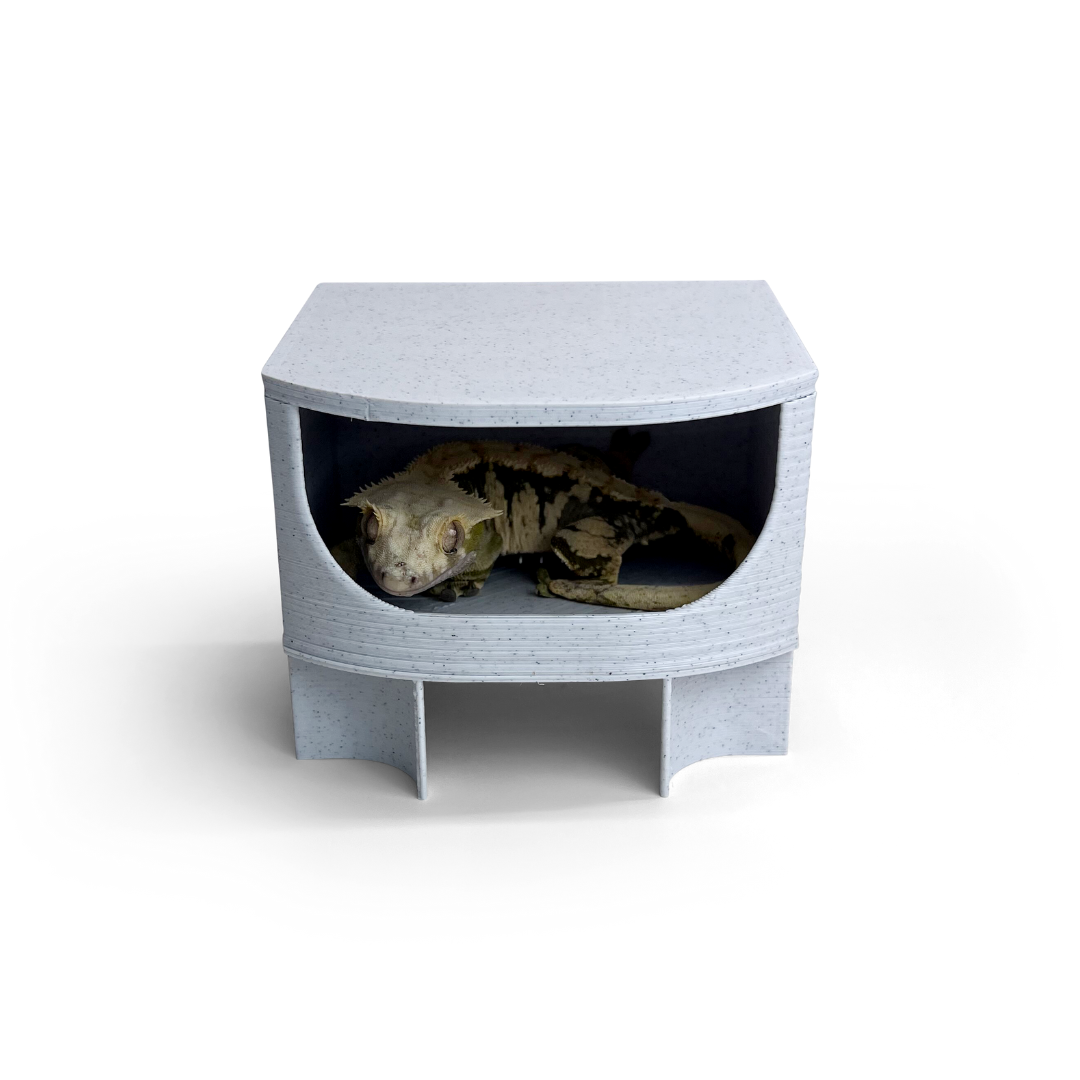
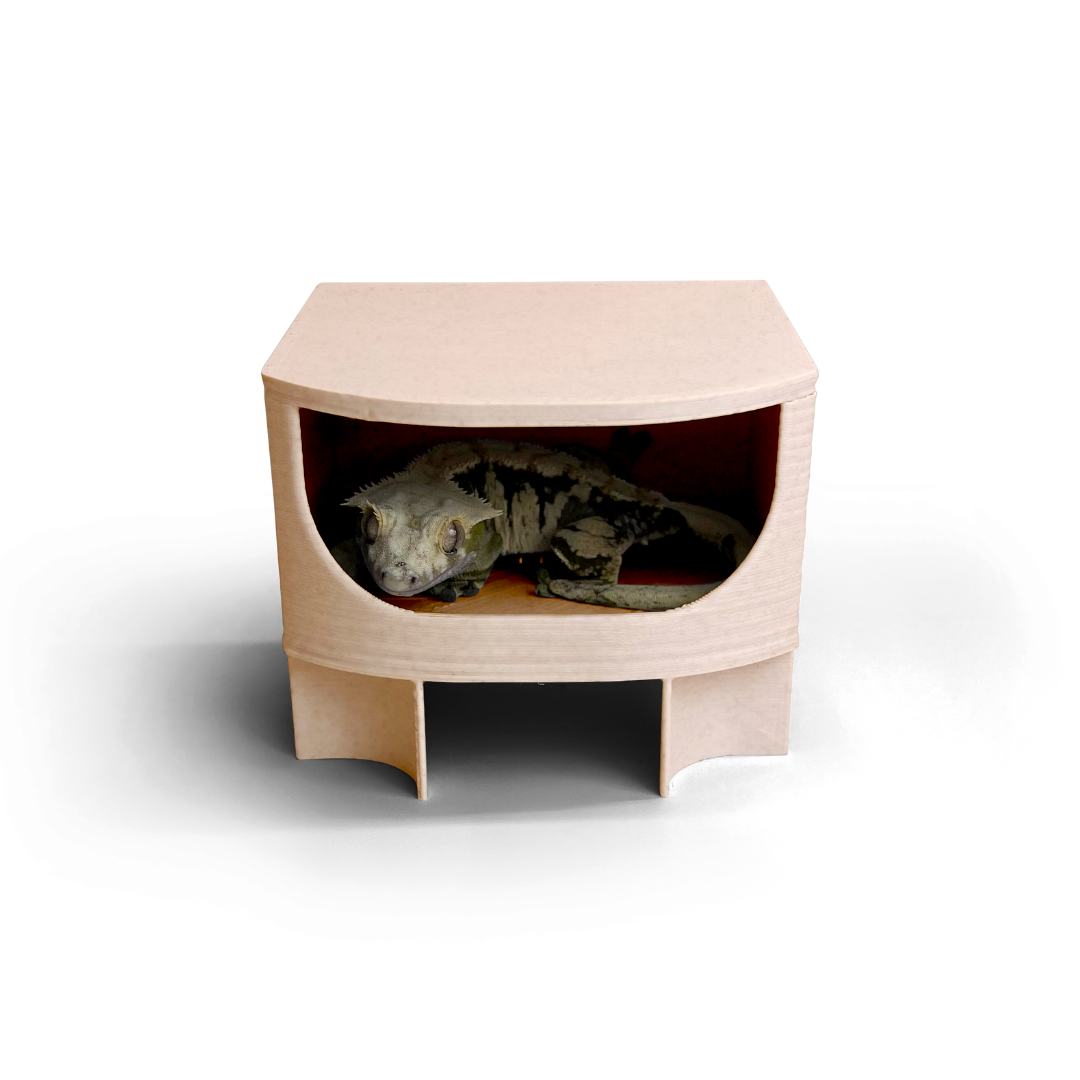
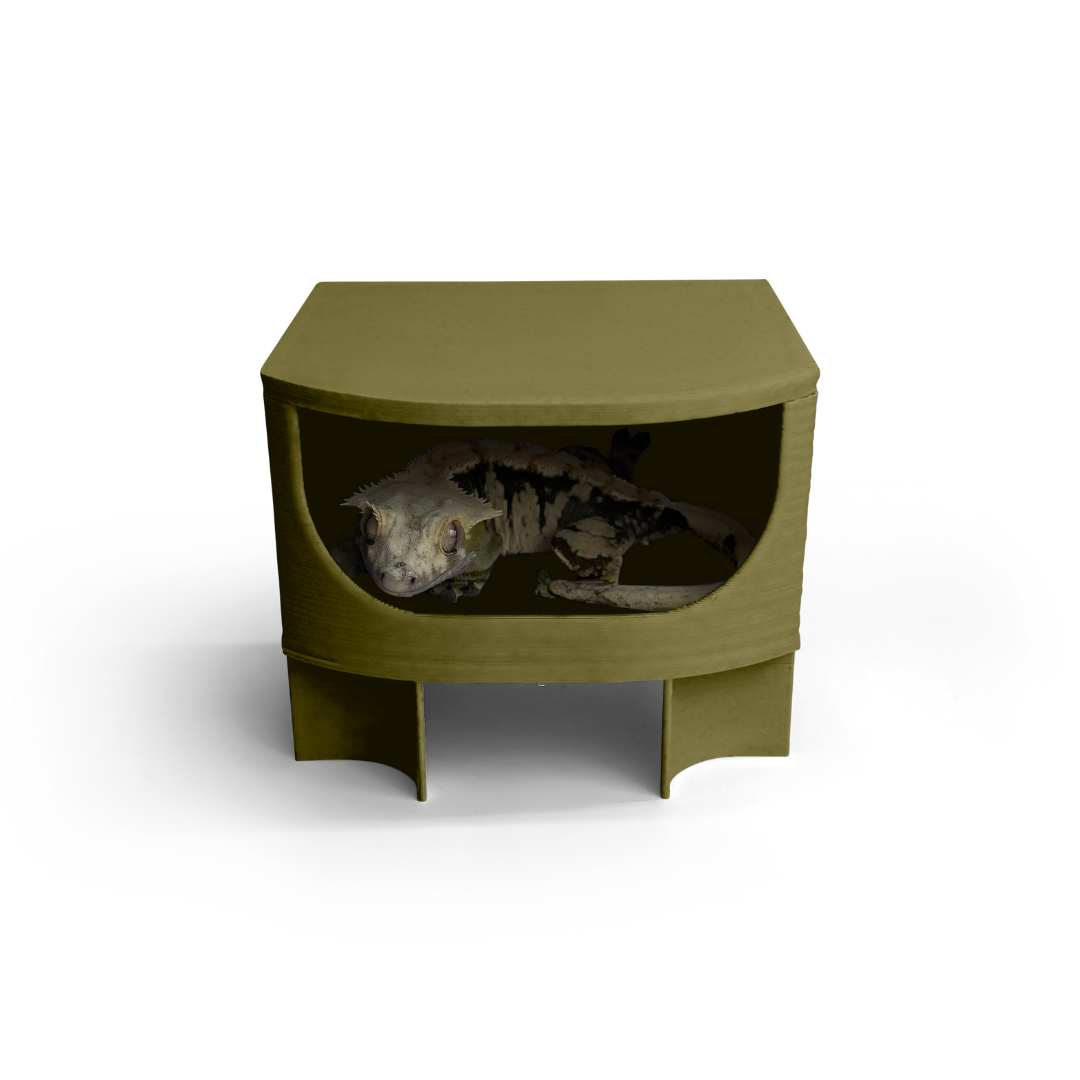
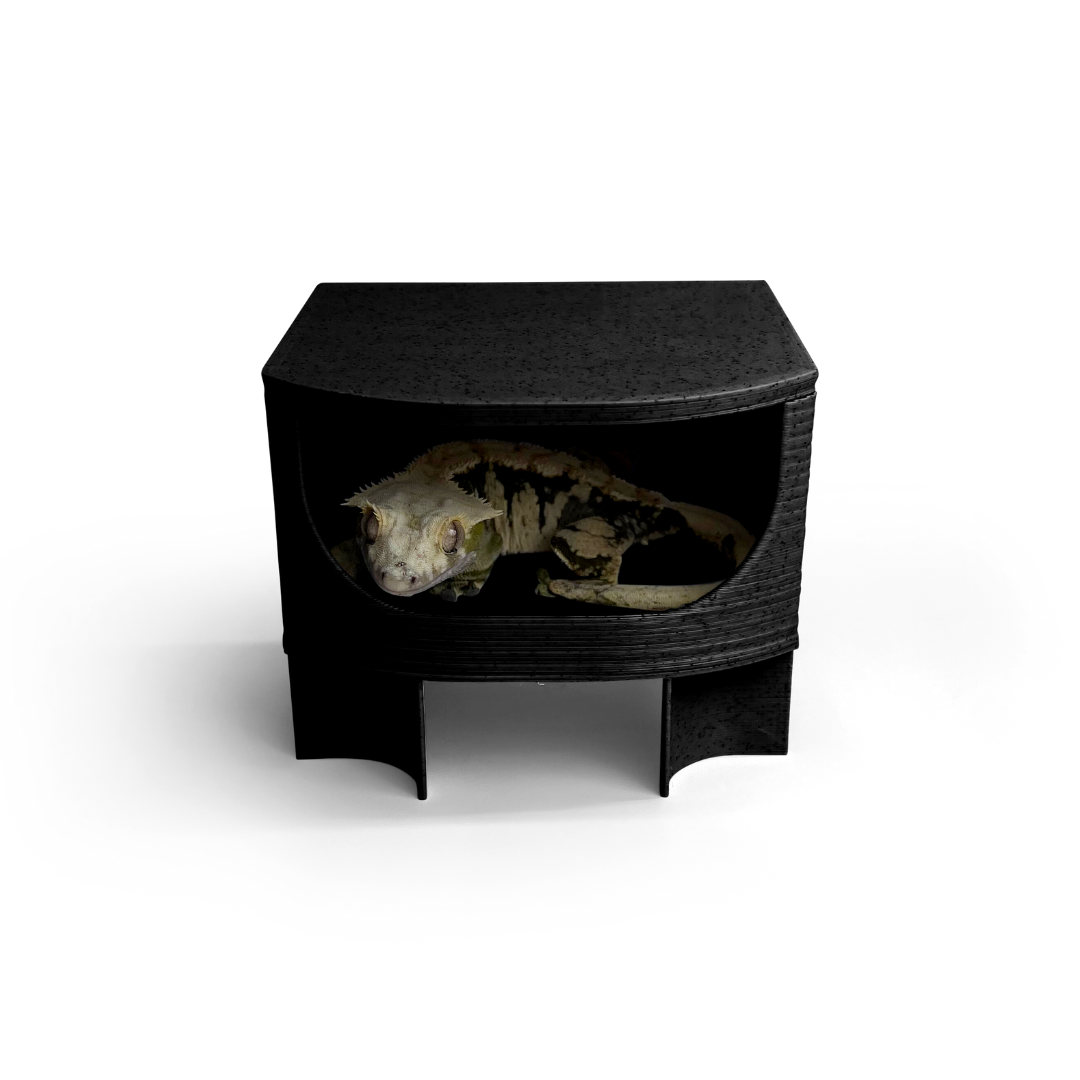
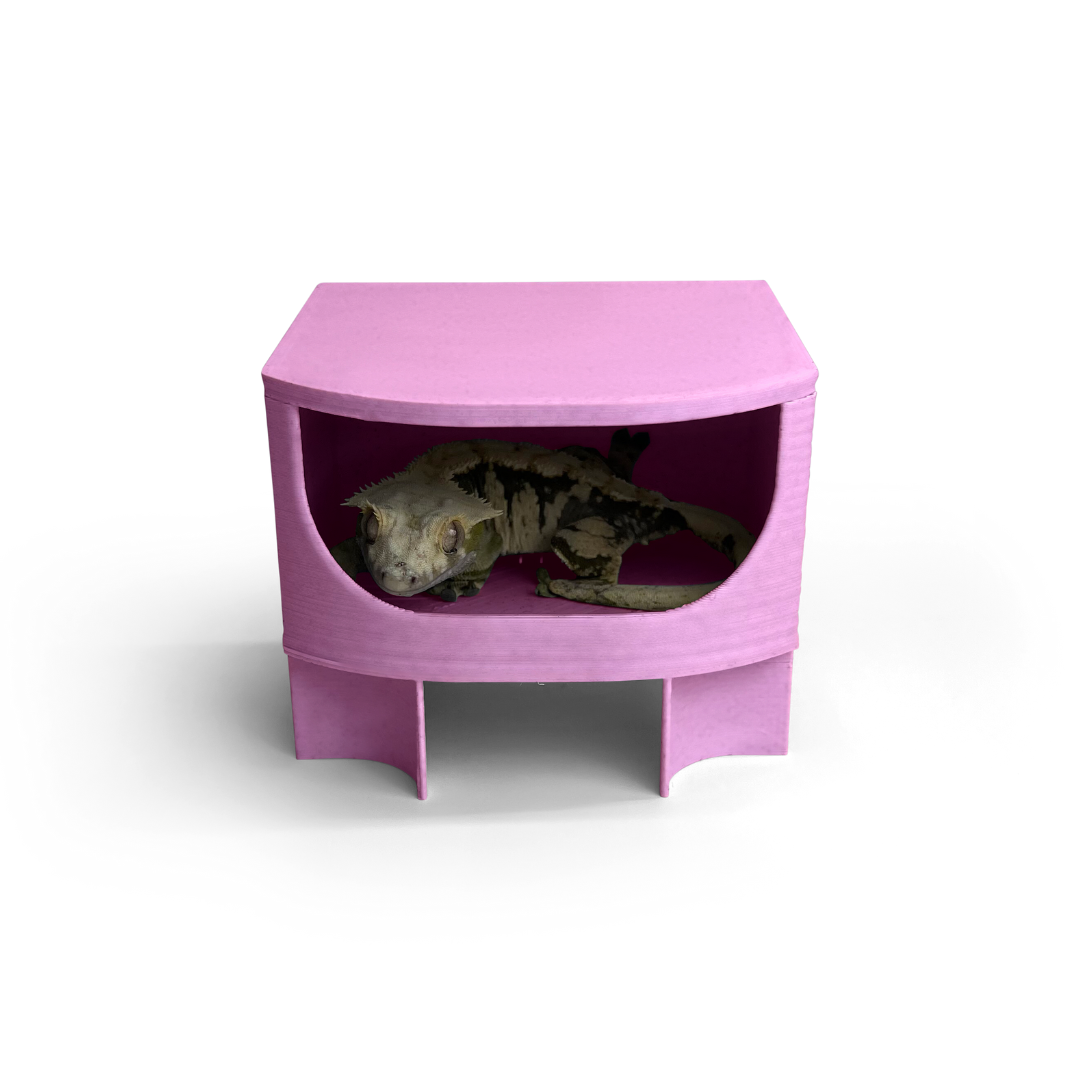
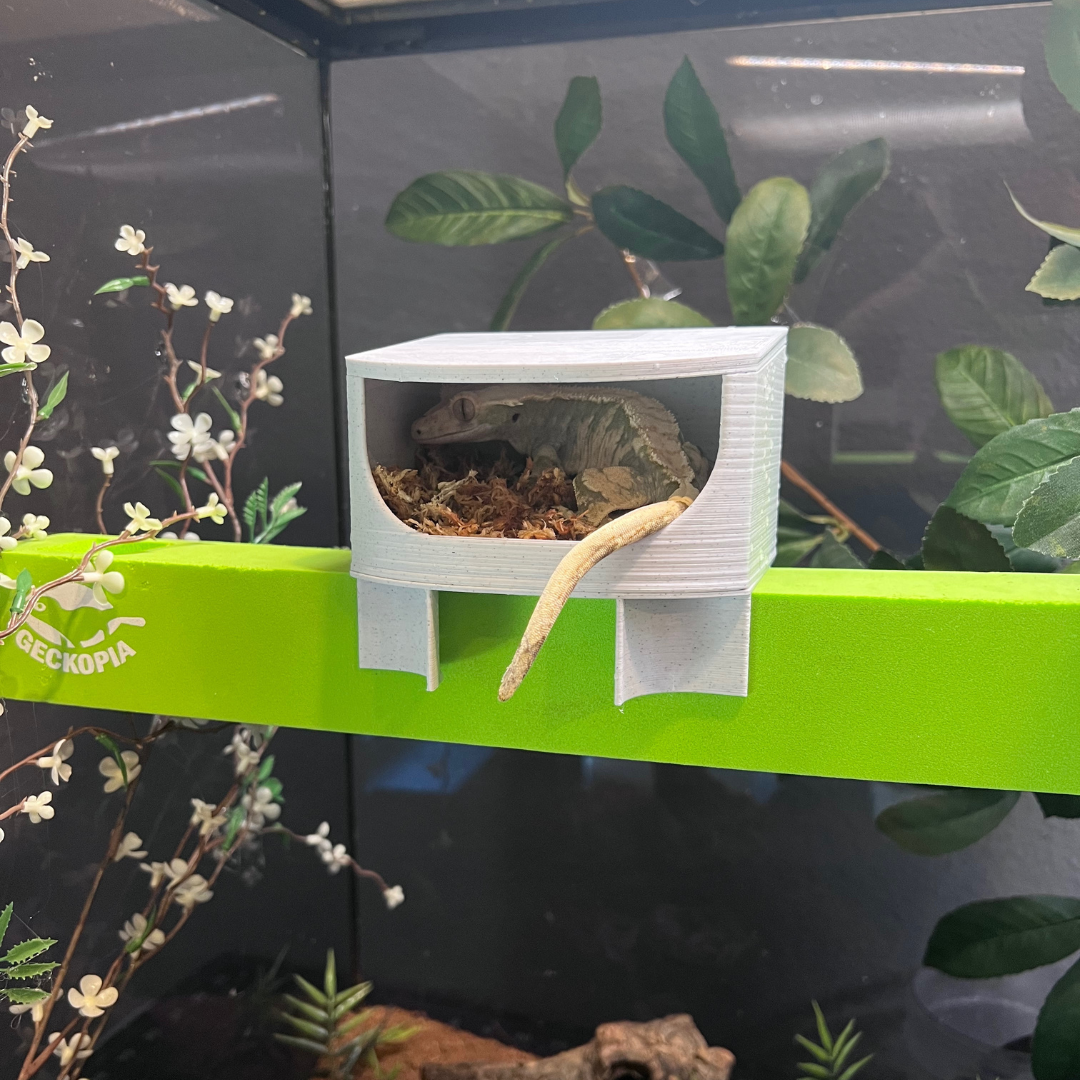

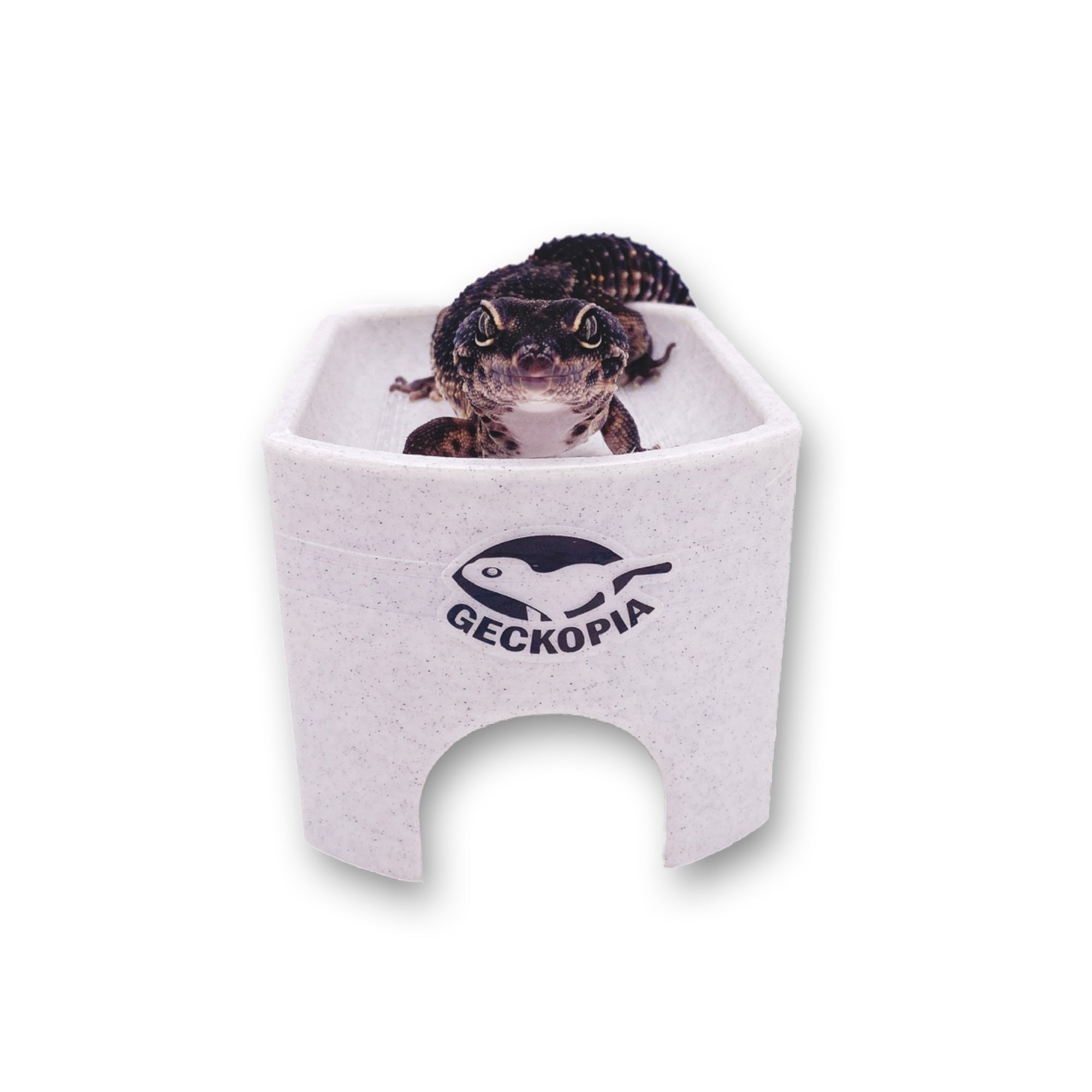
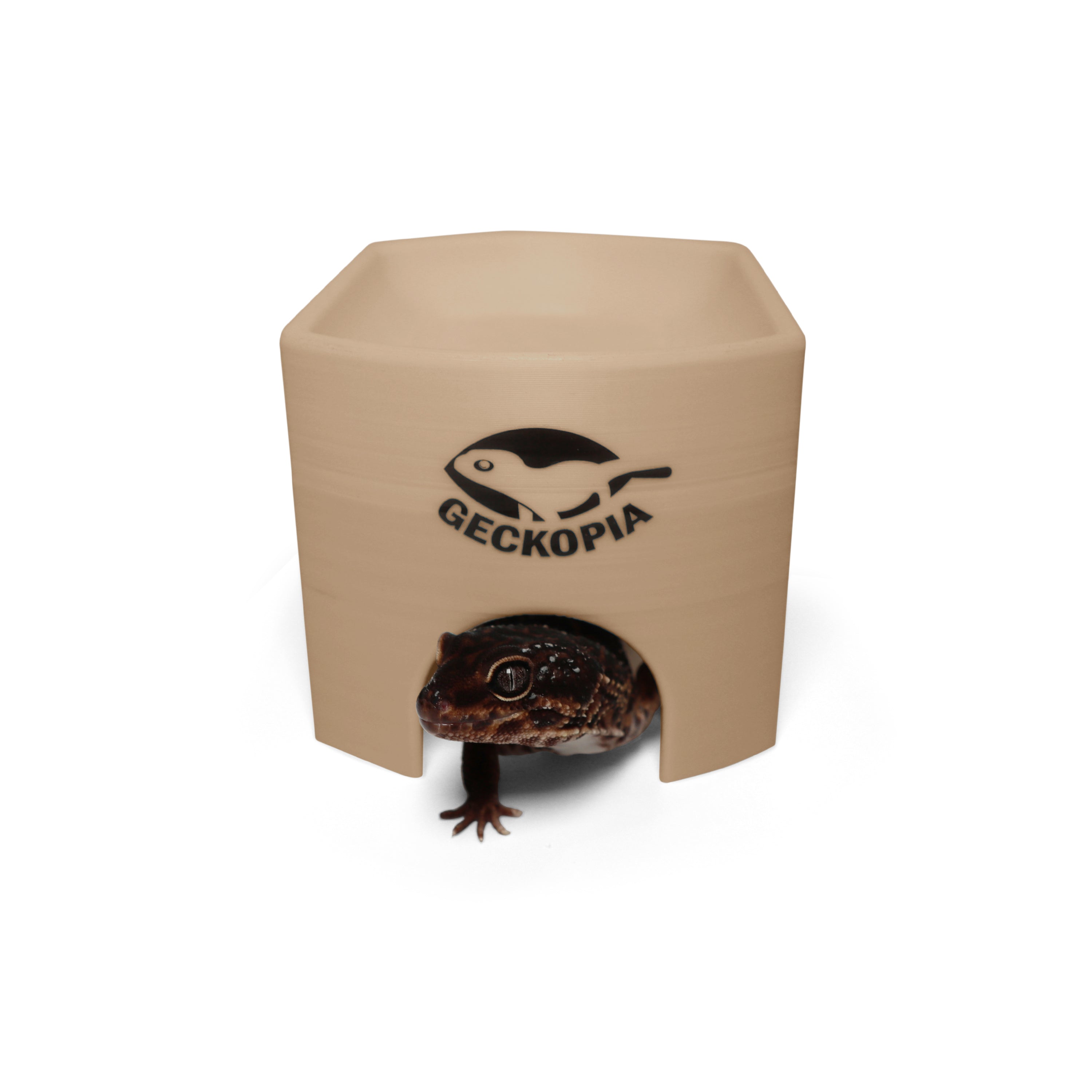
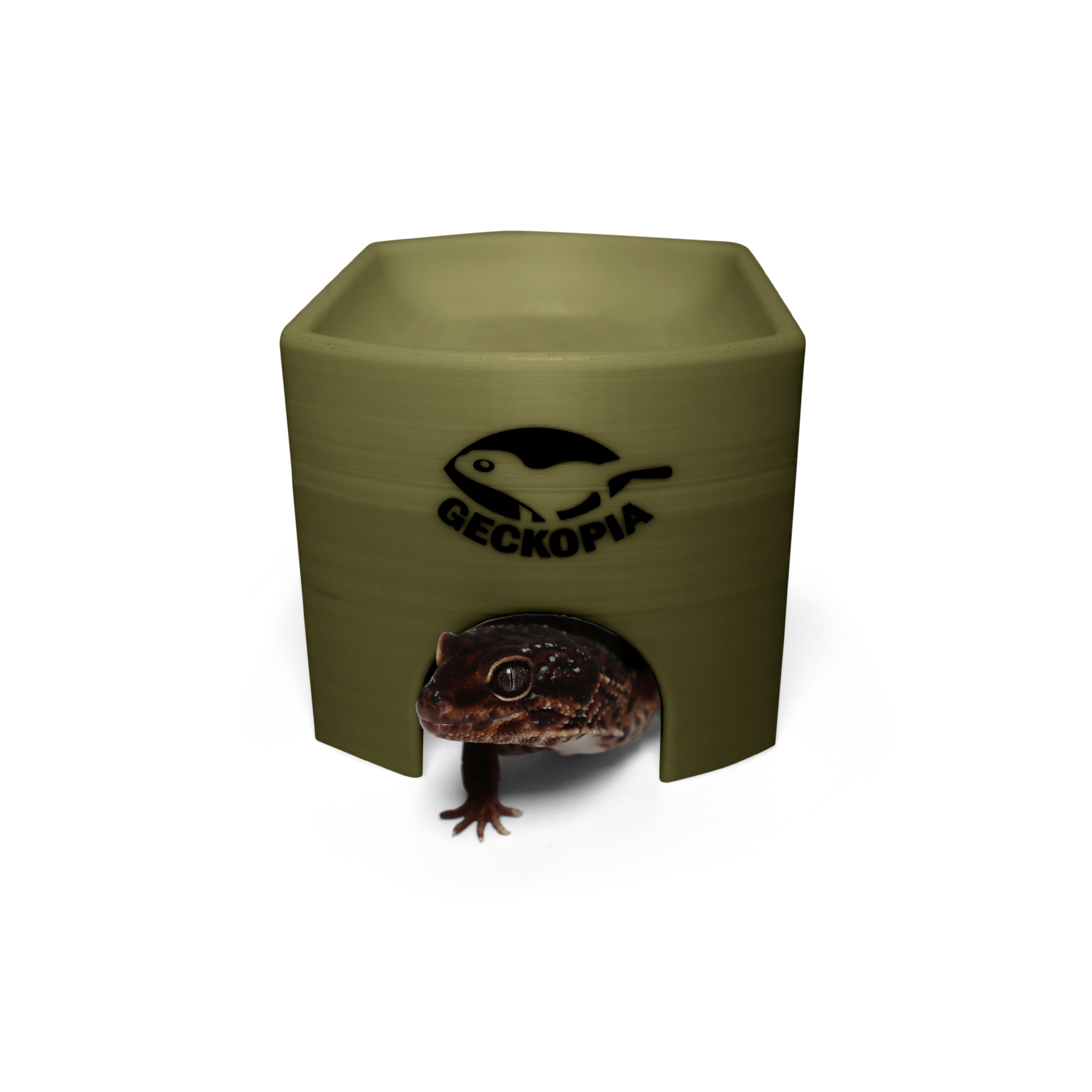

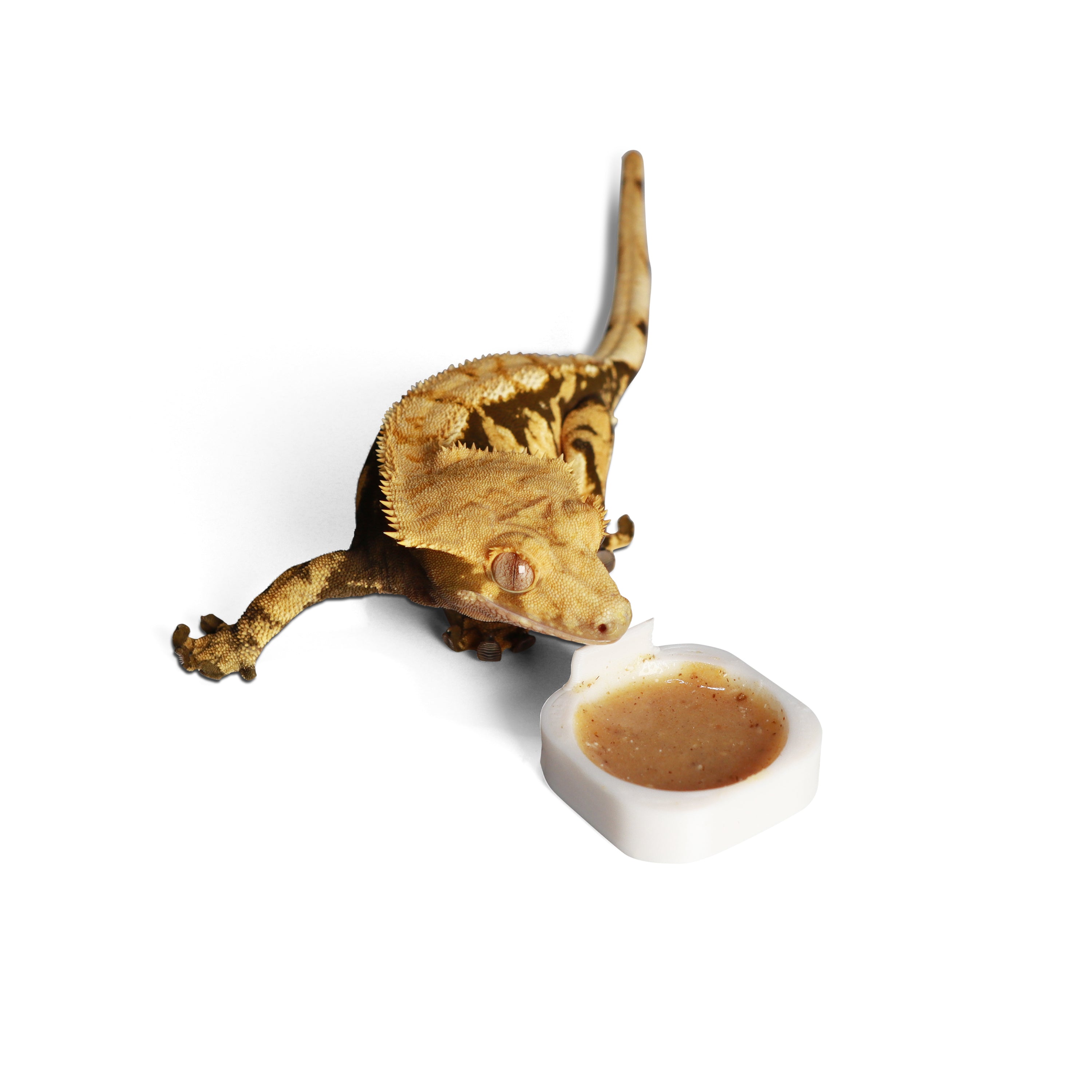
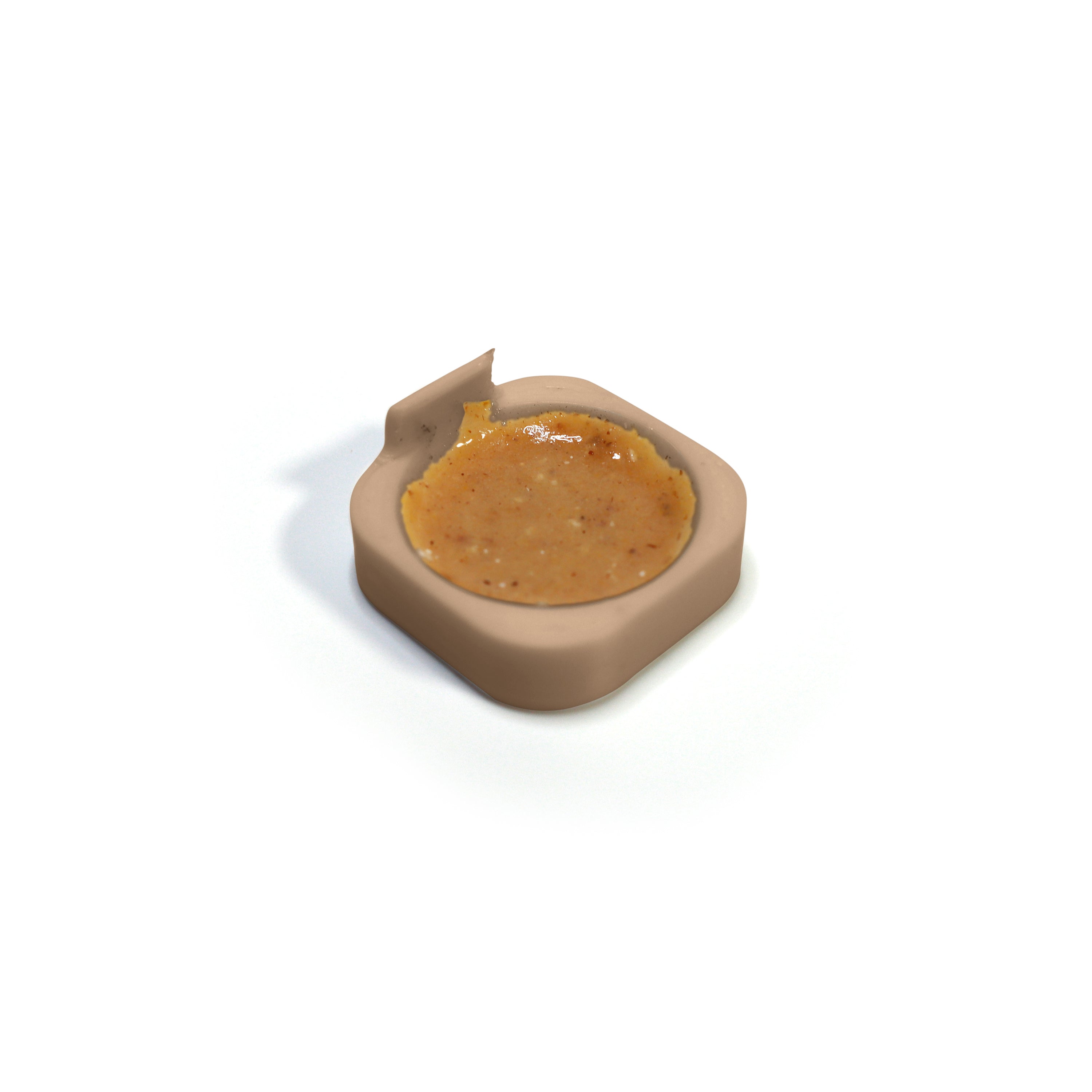
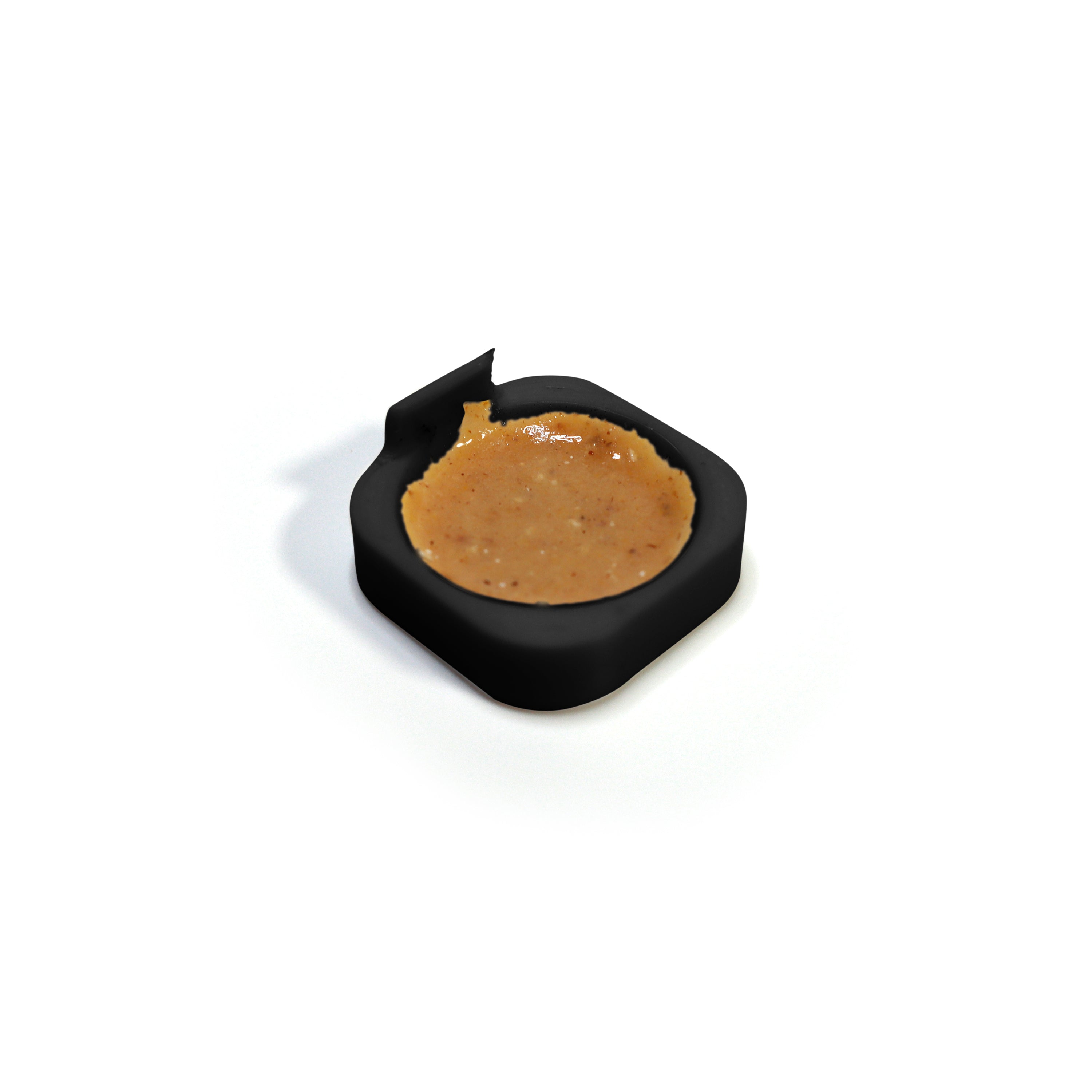
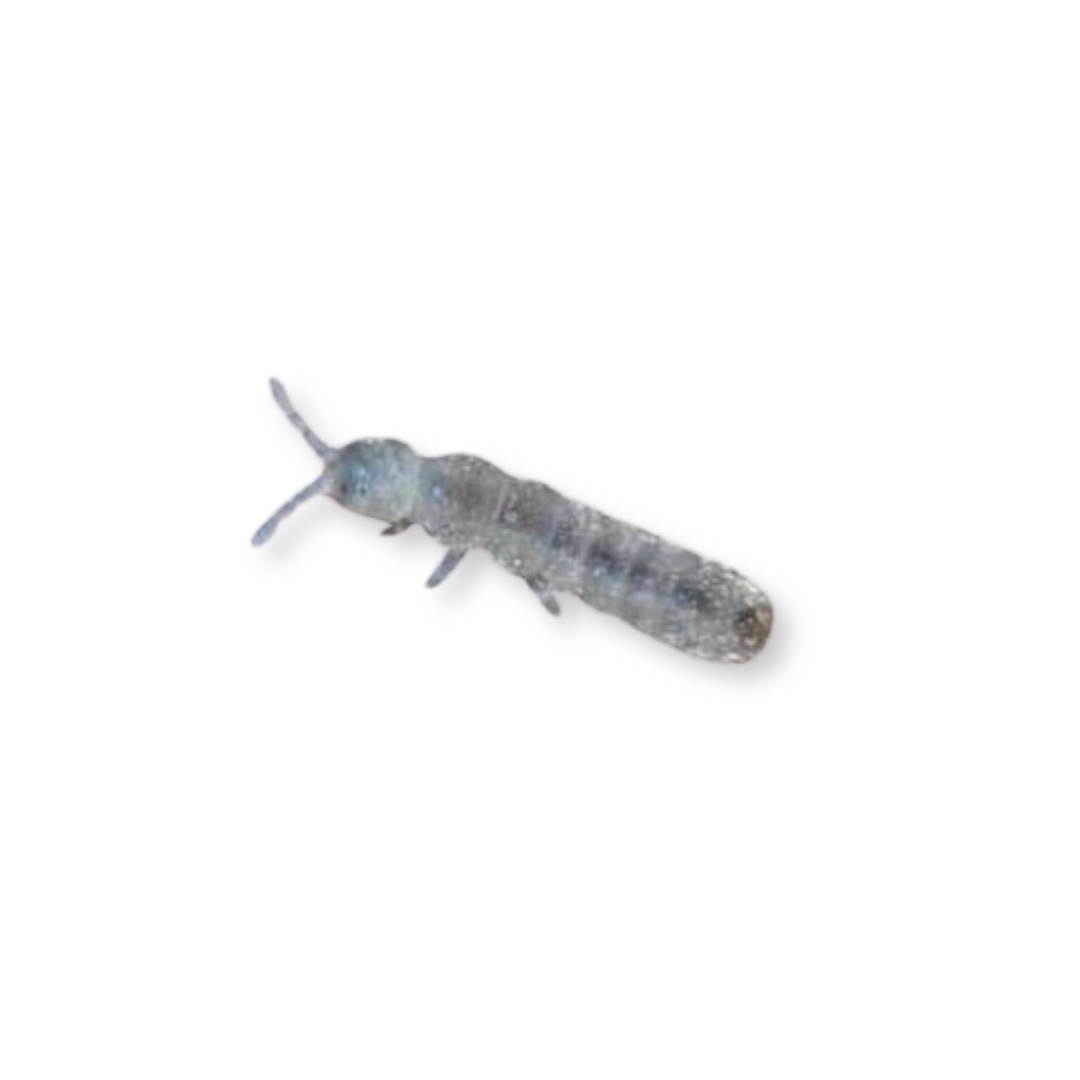
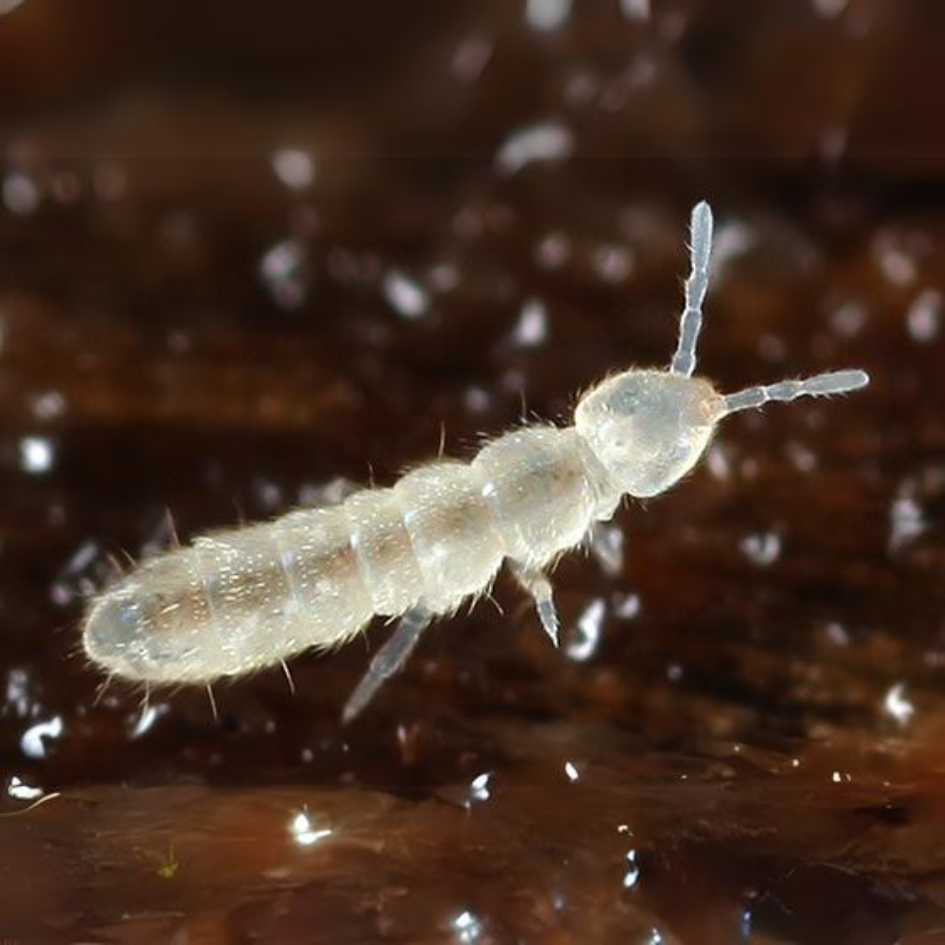
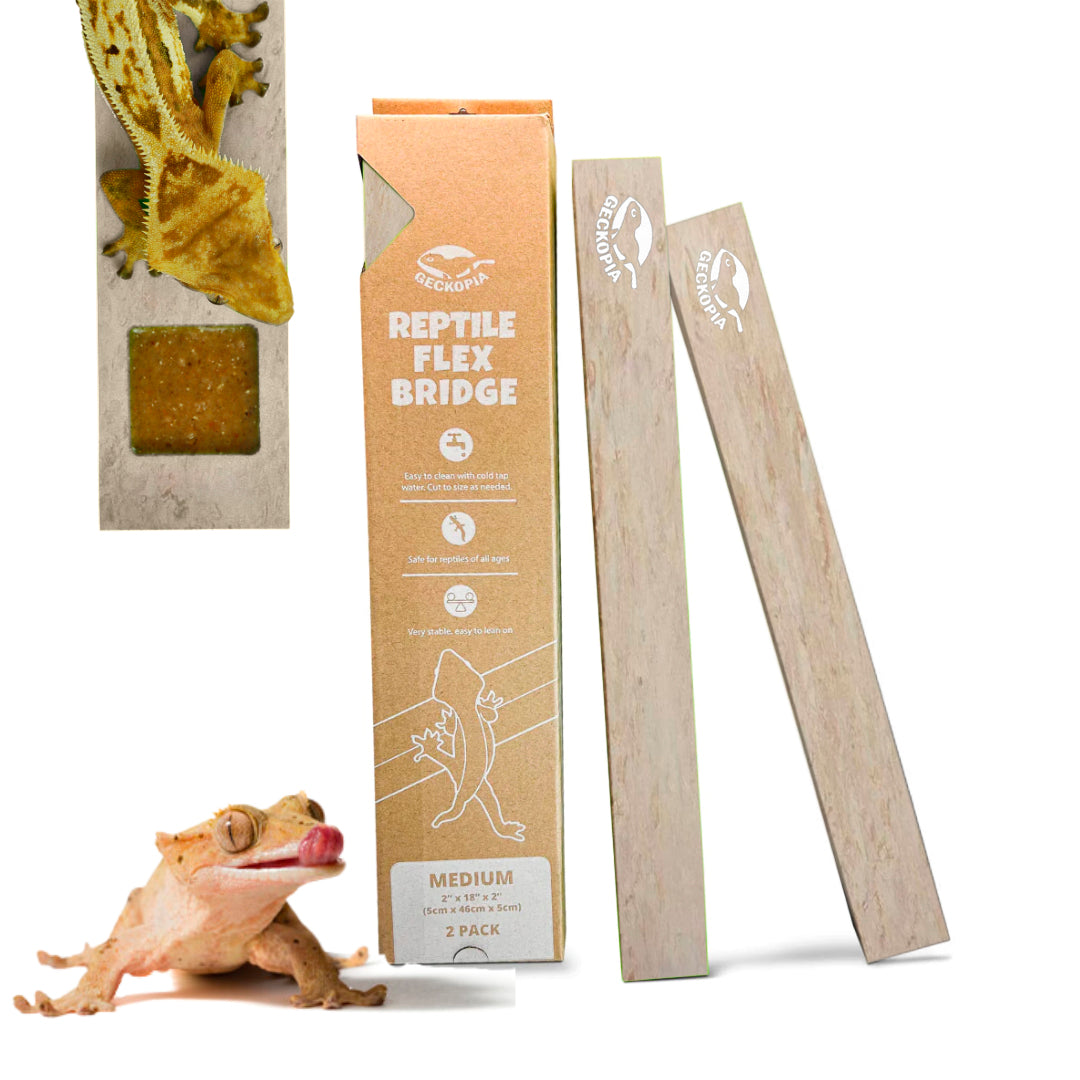

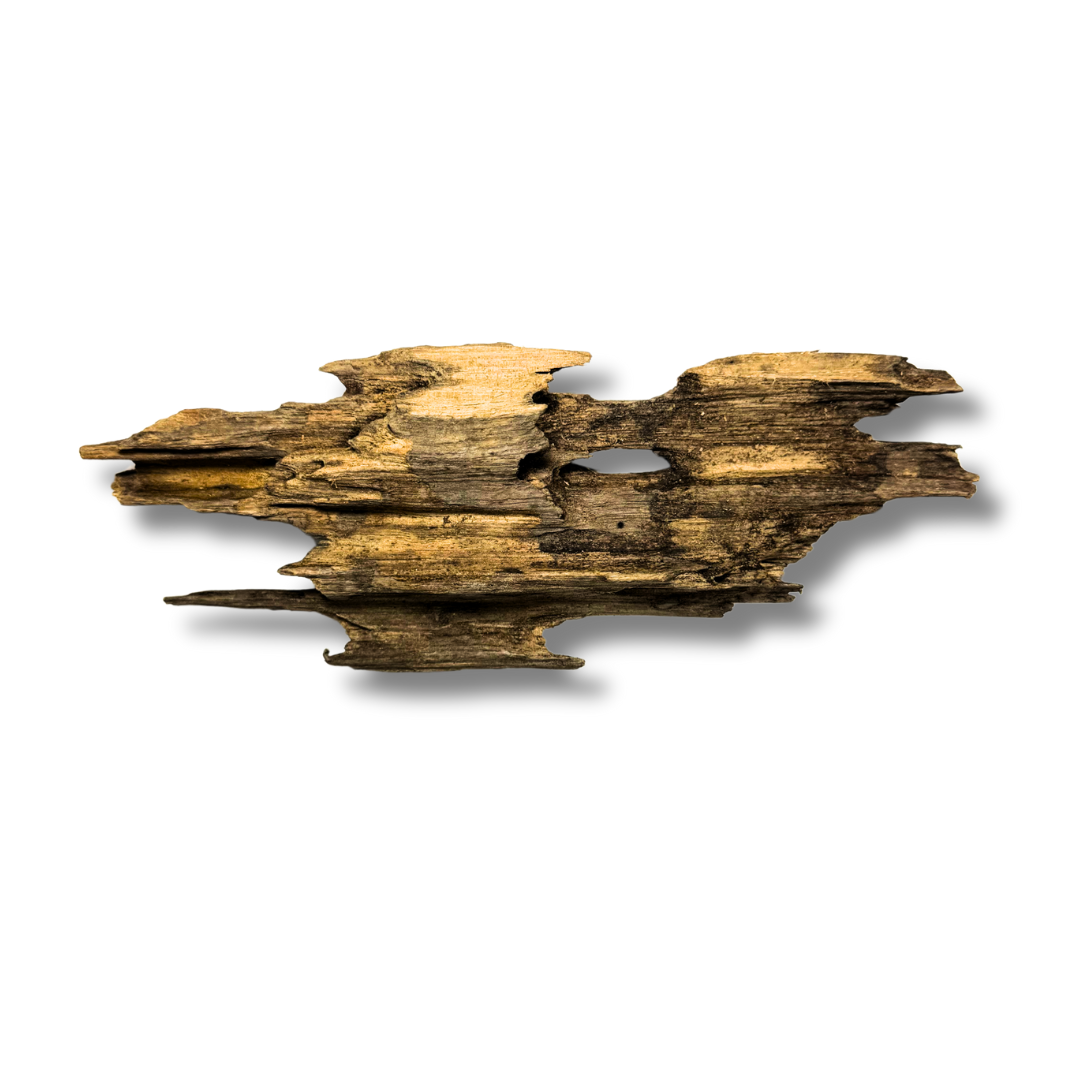
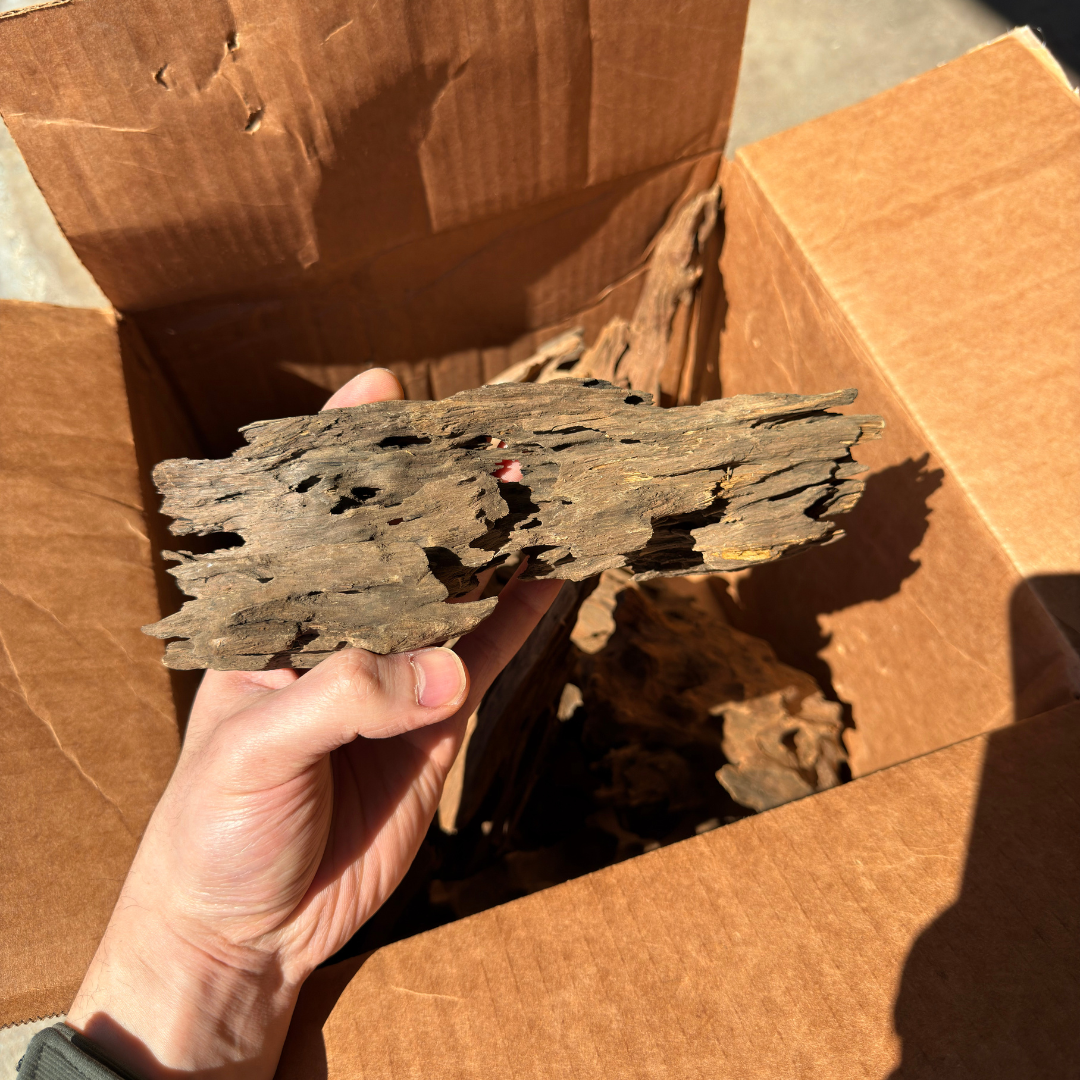
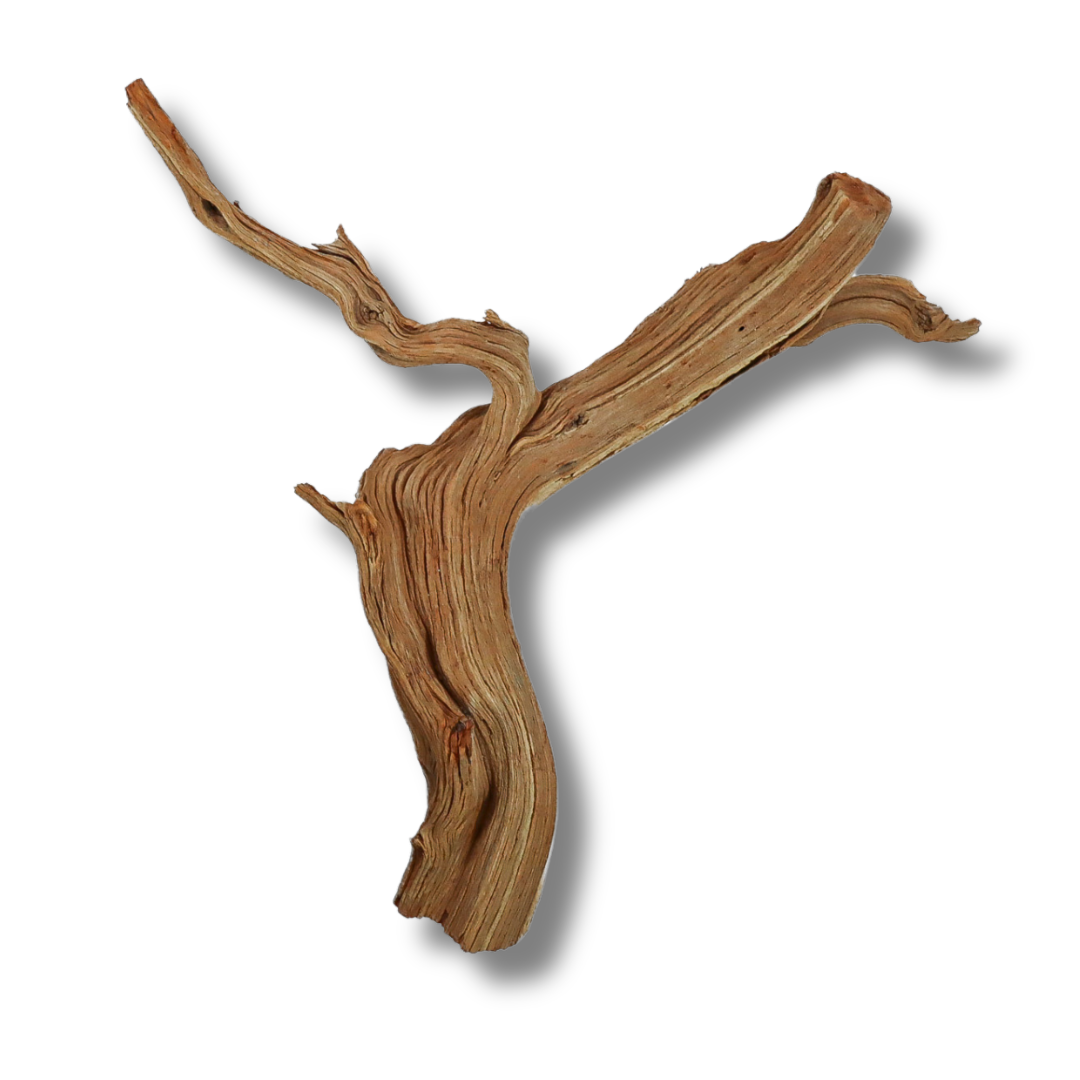
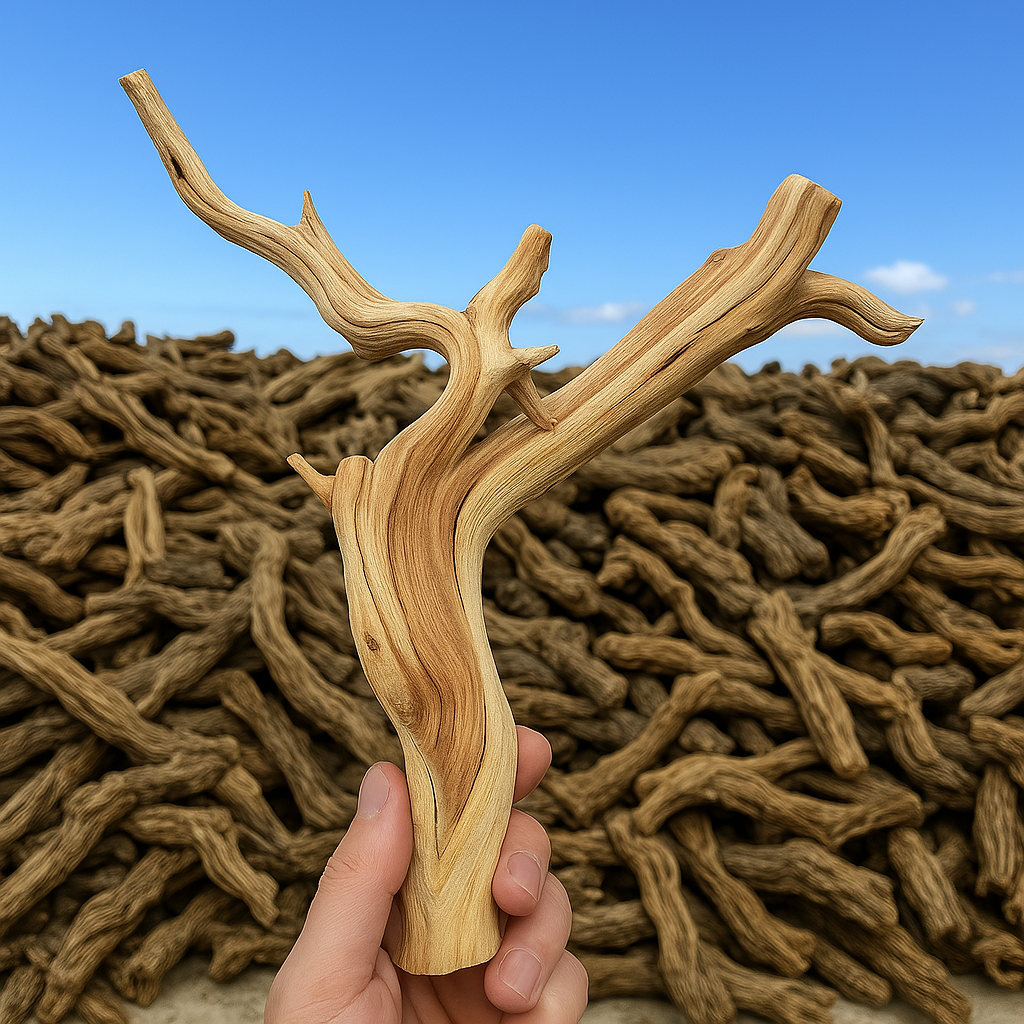
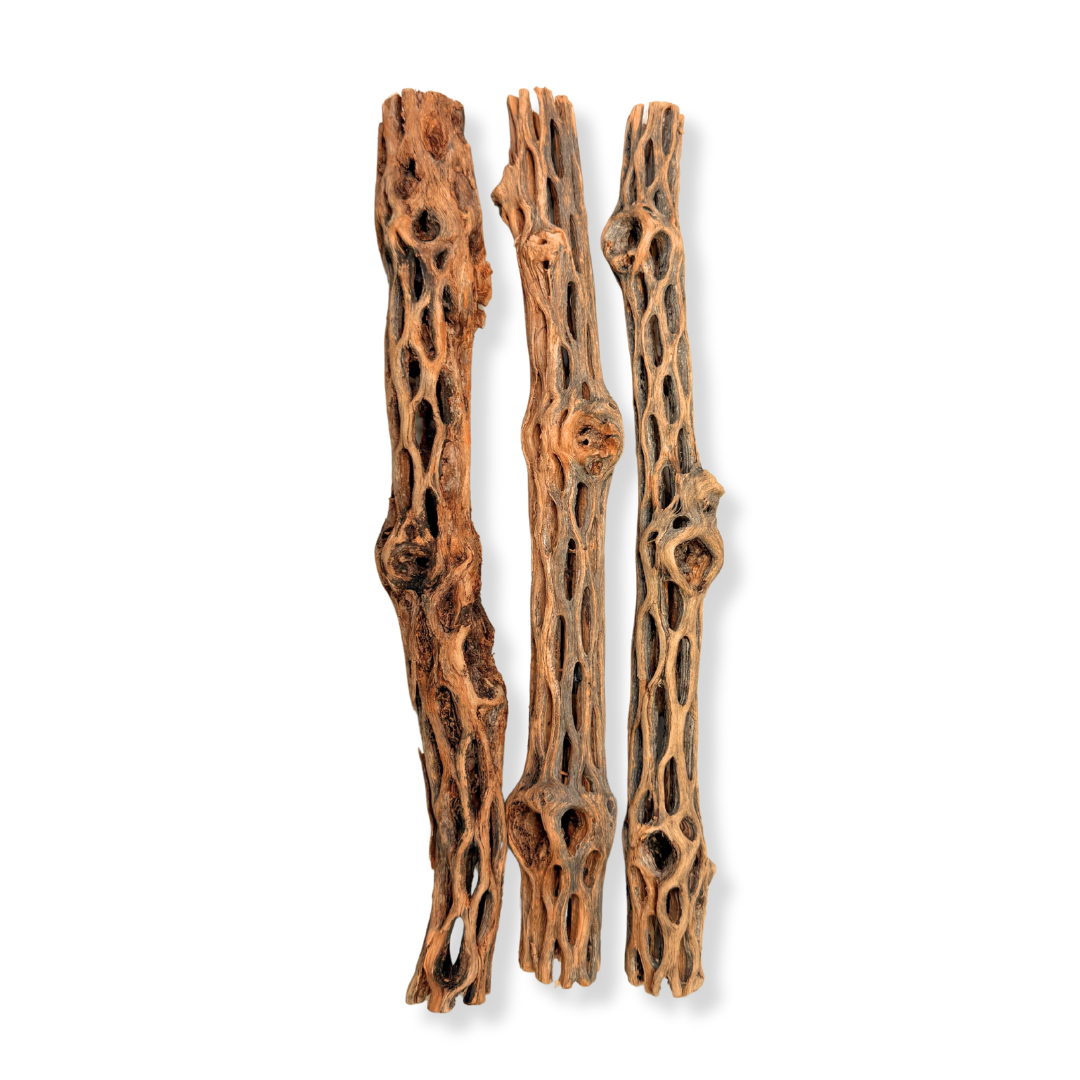
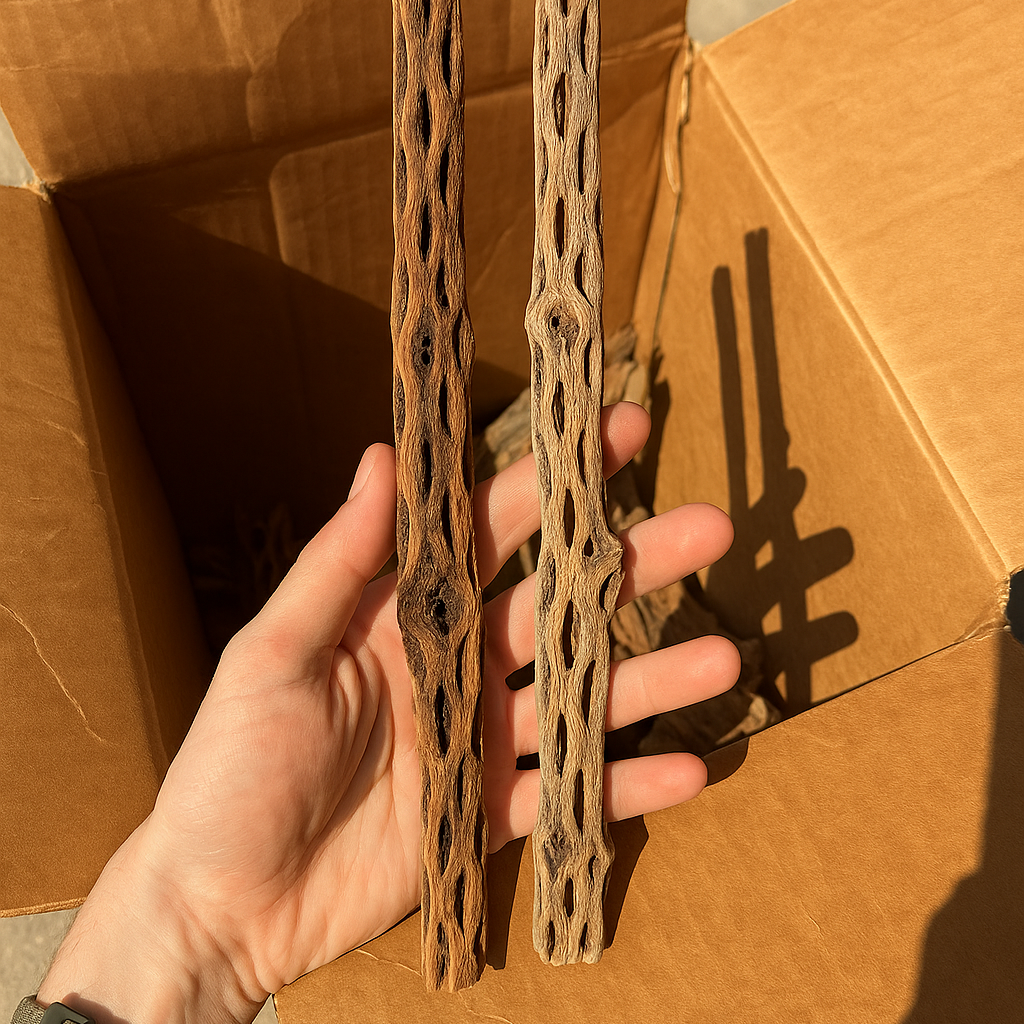
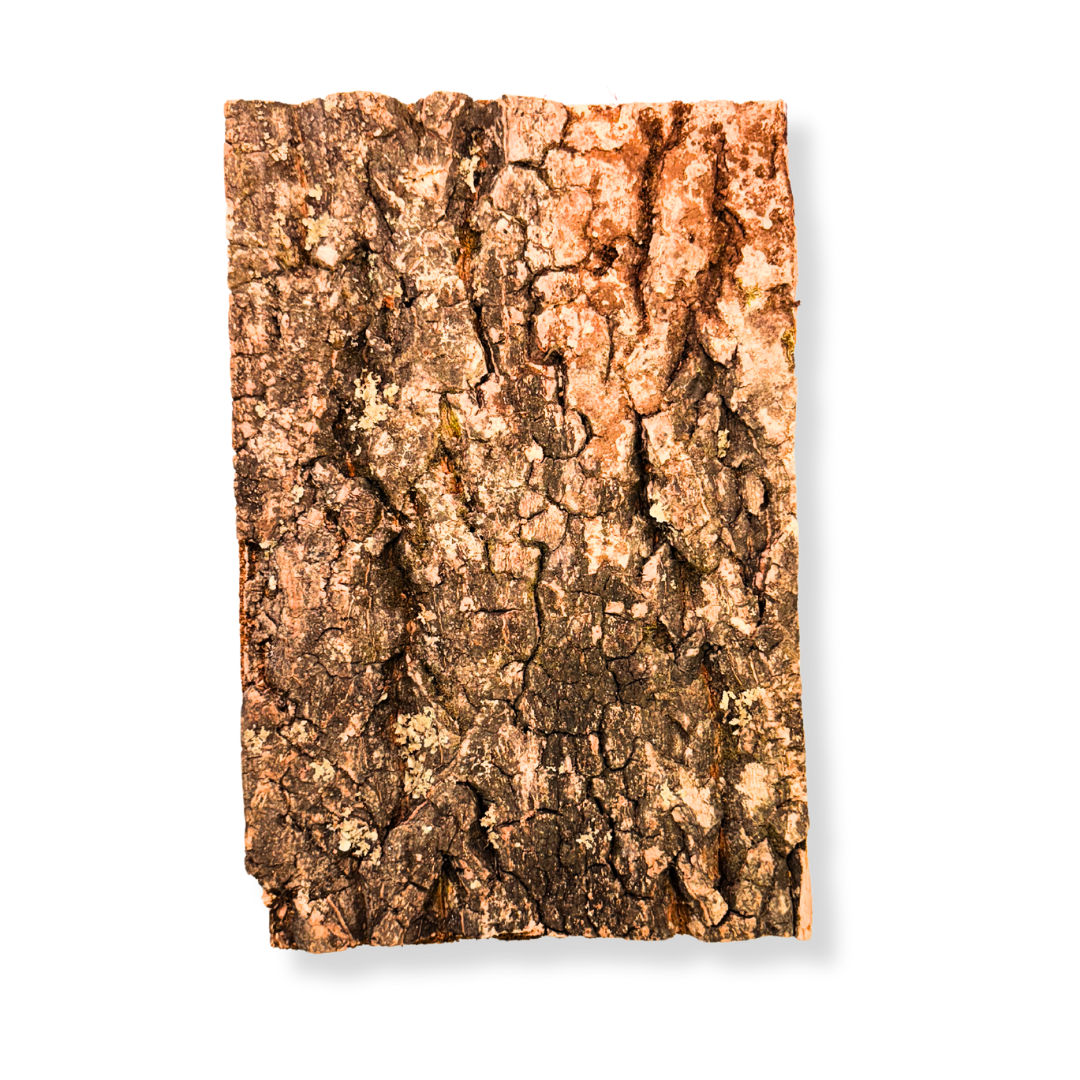
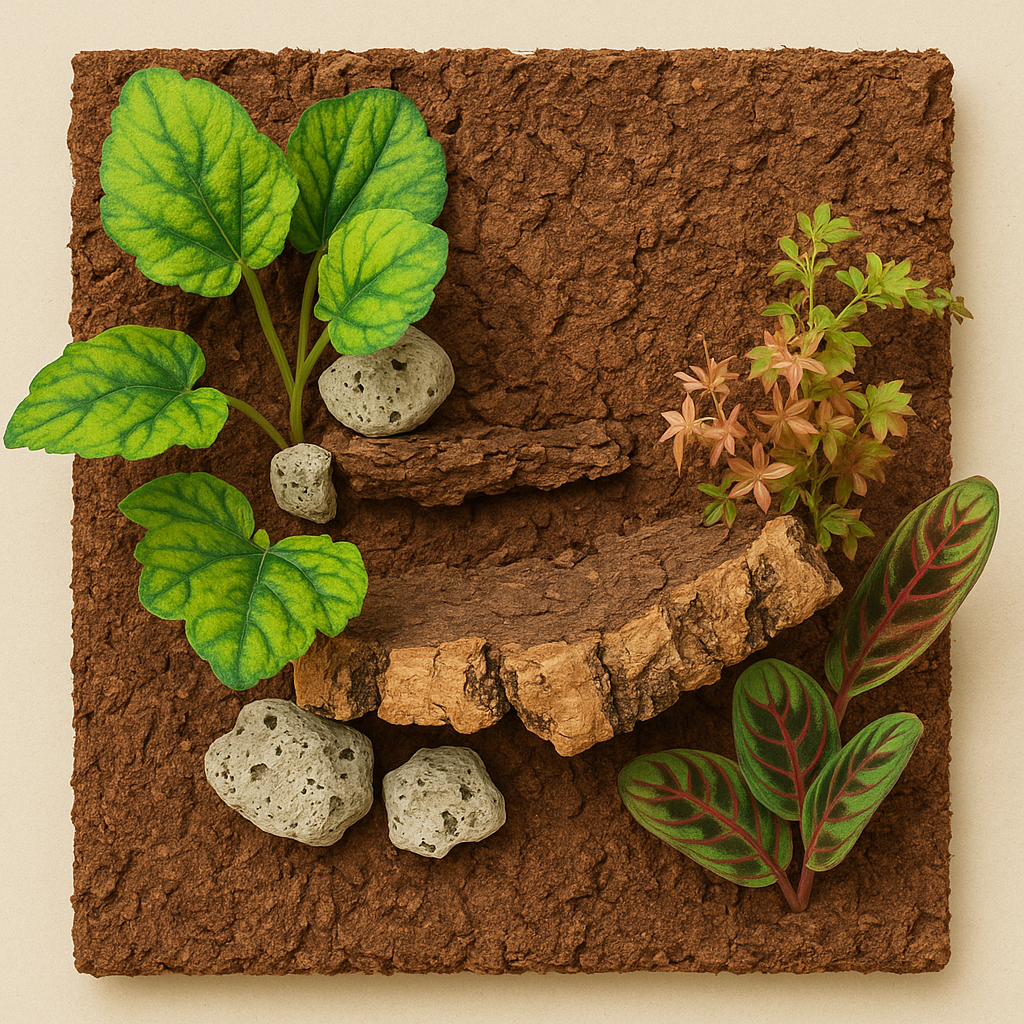
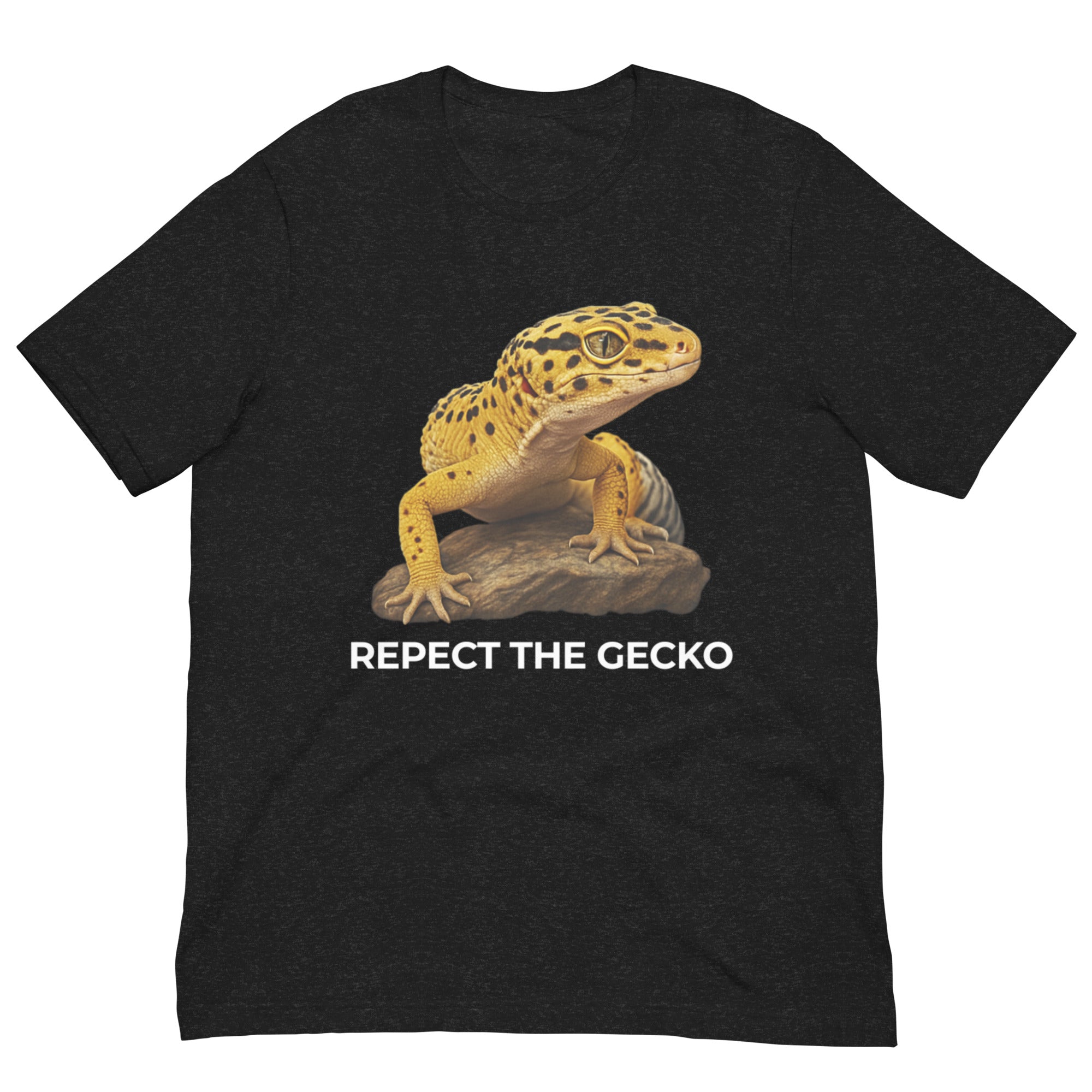
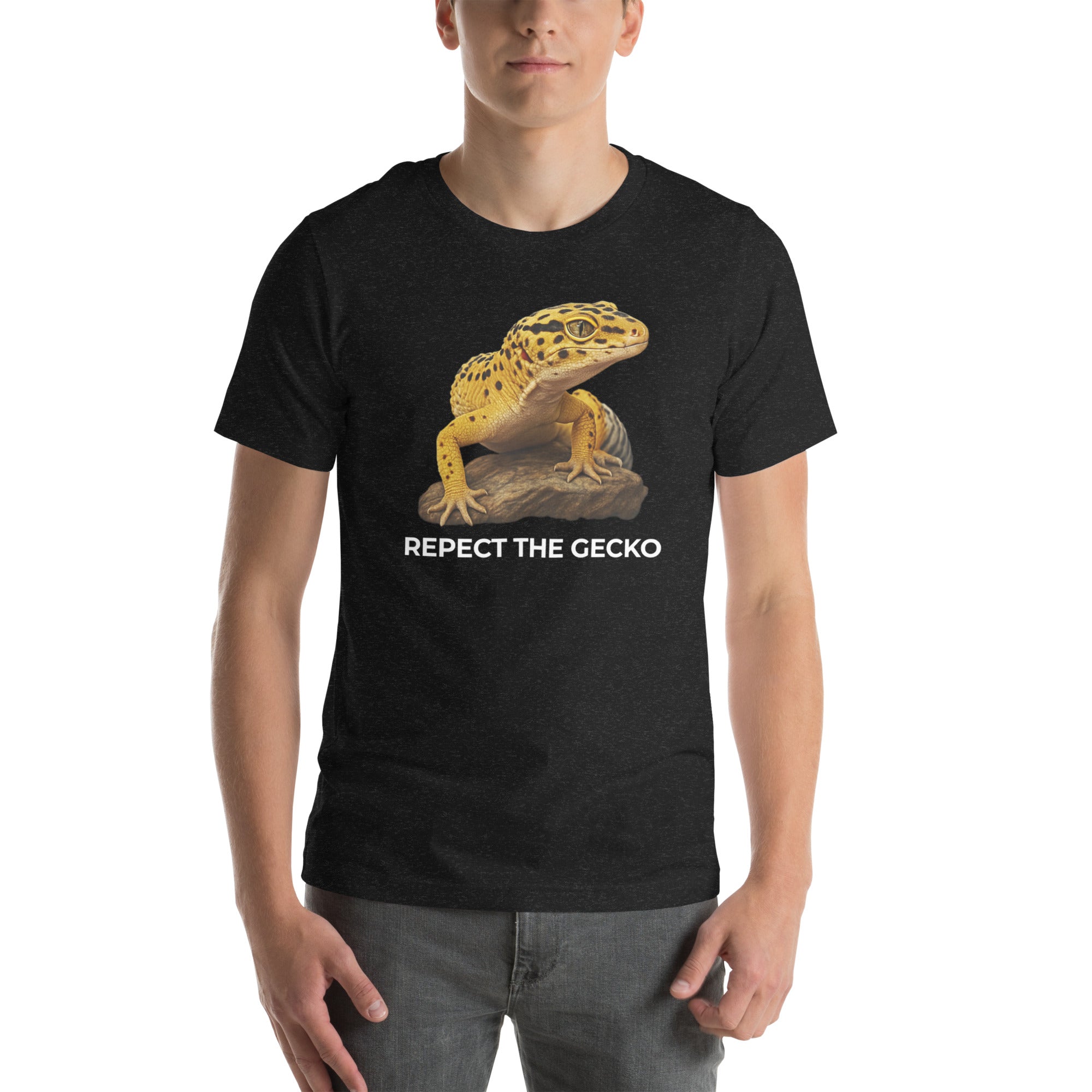

Leave a comment